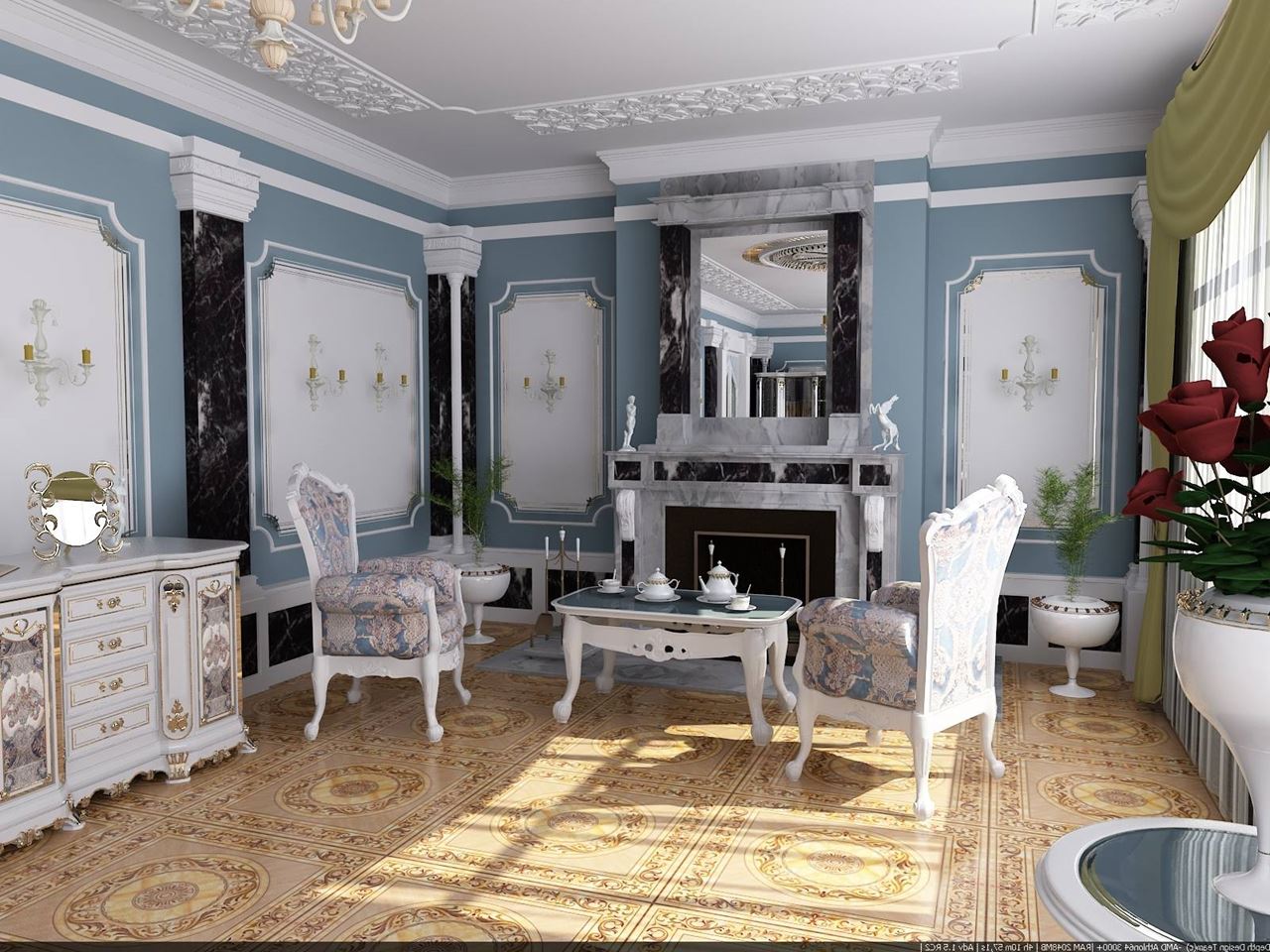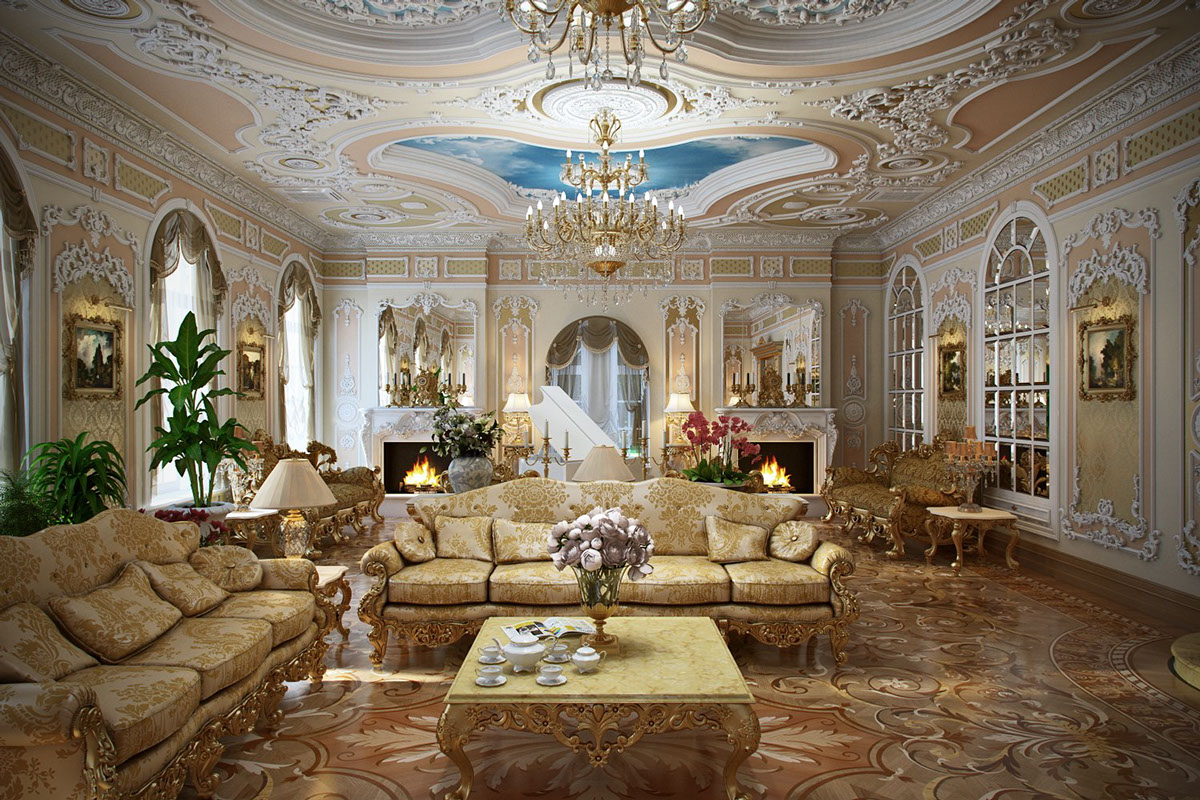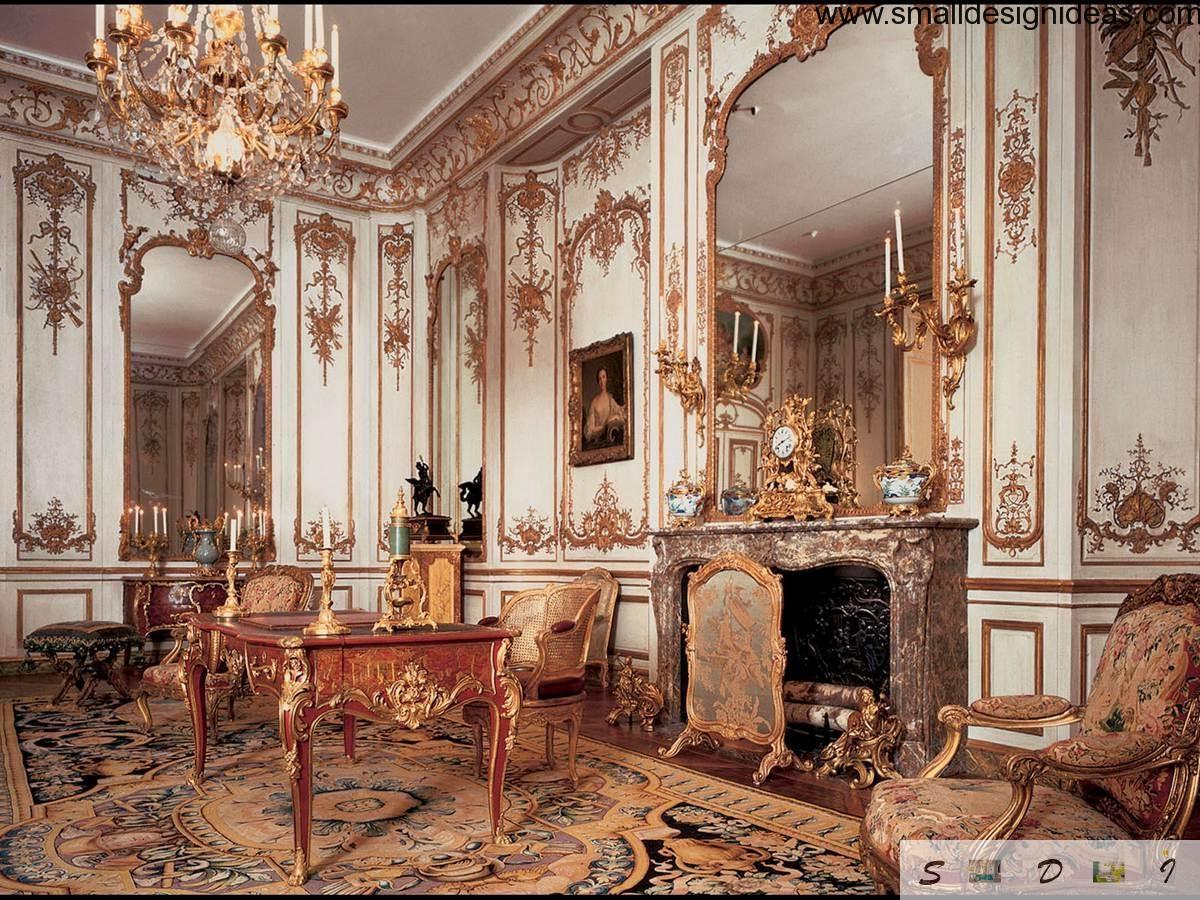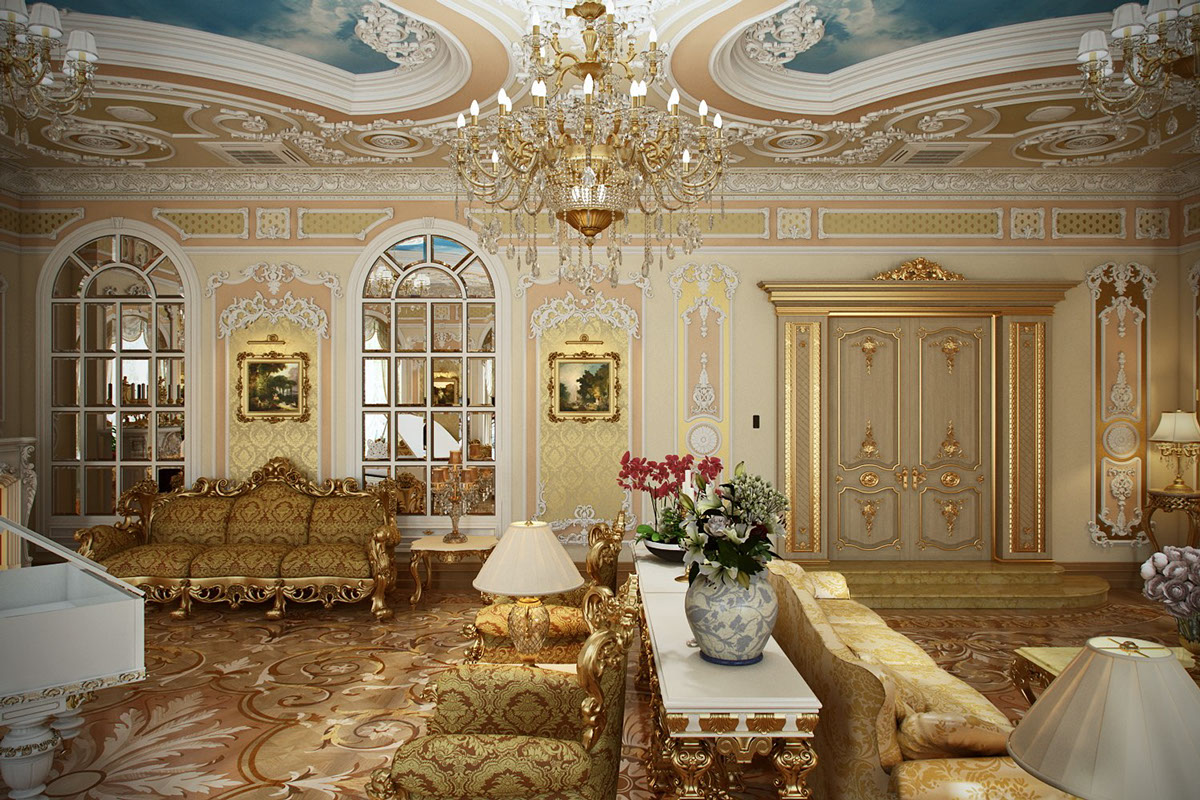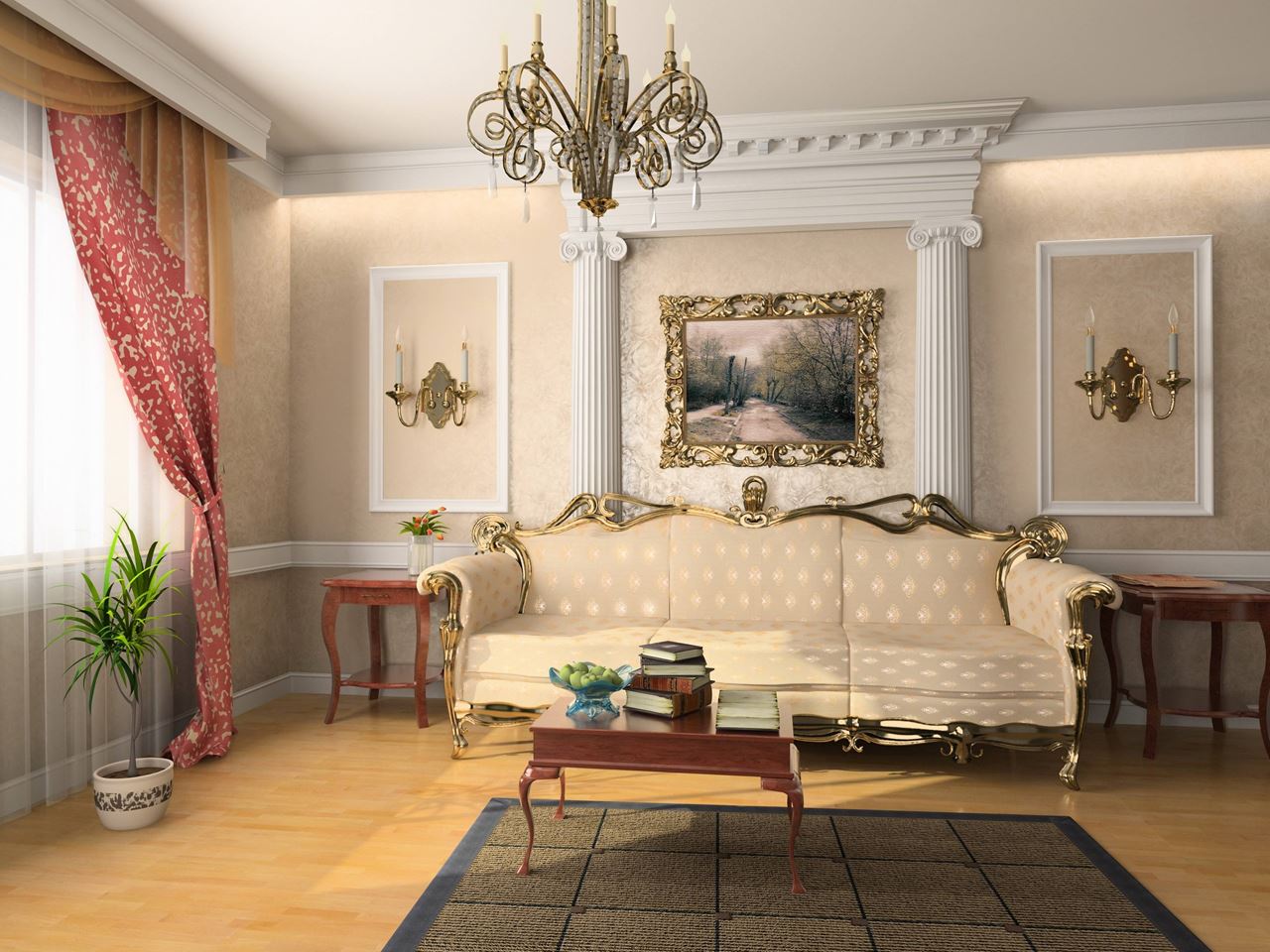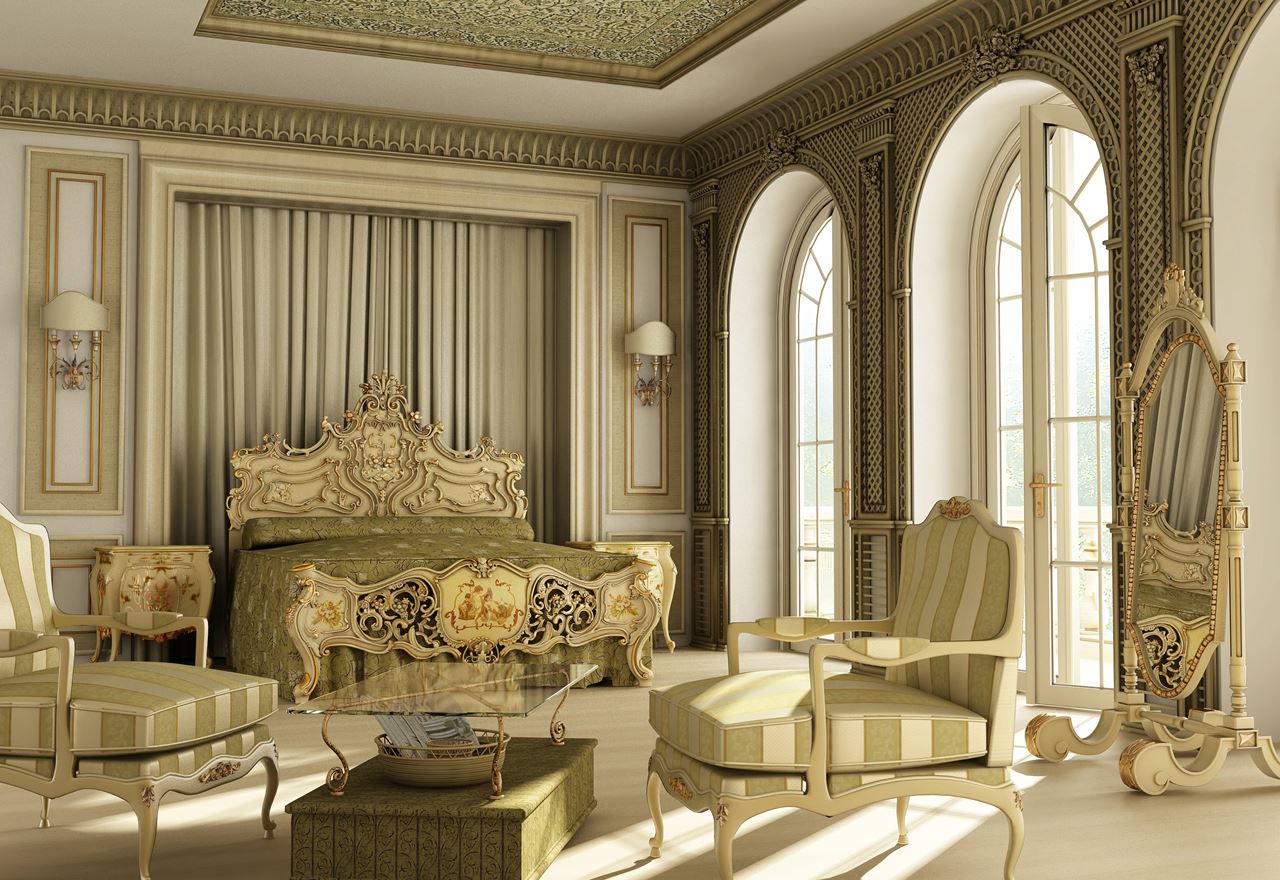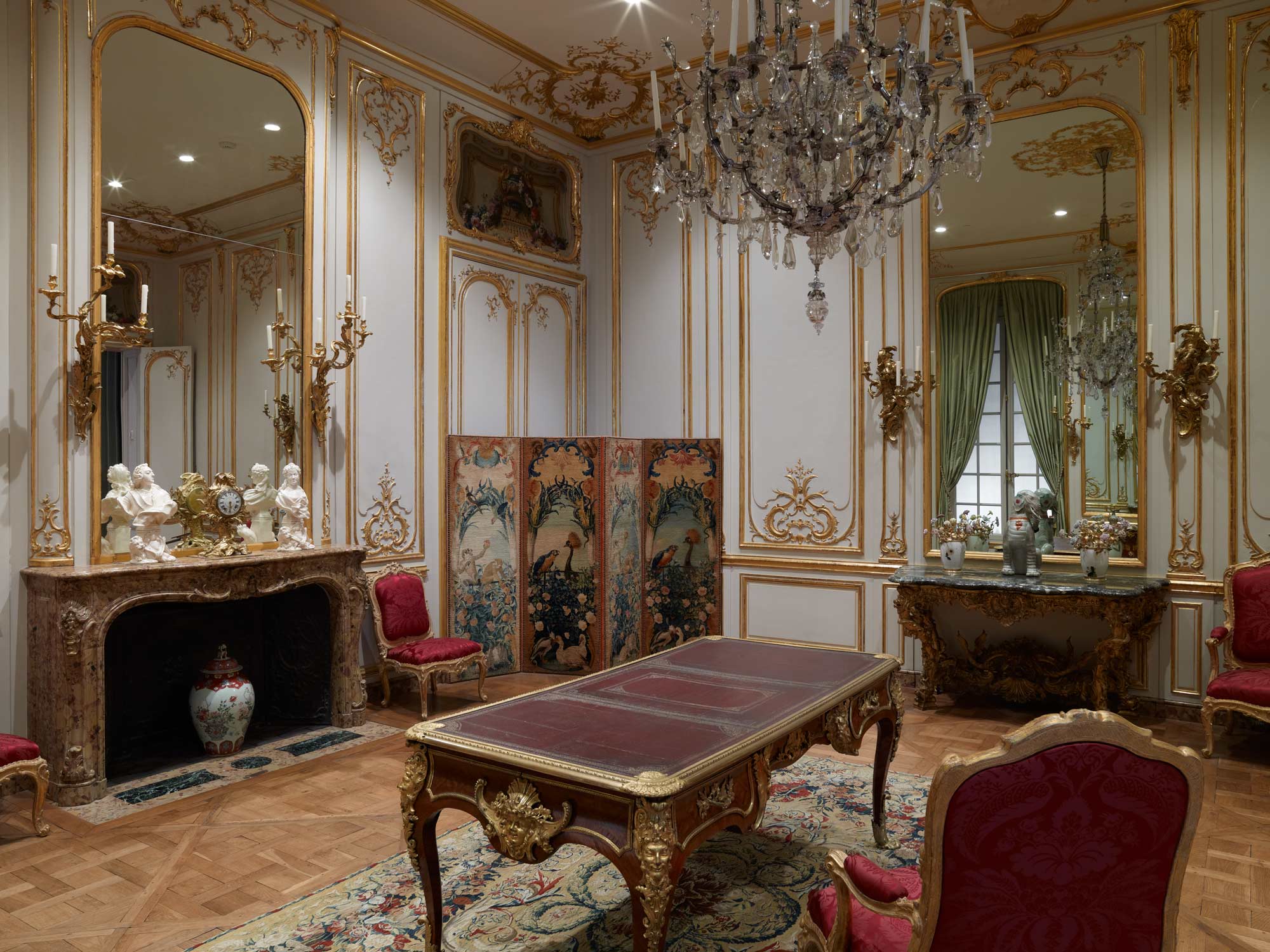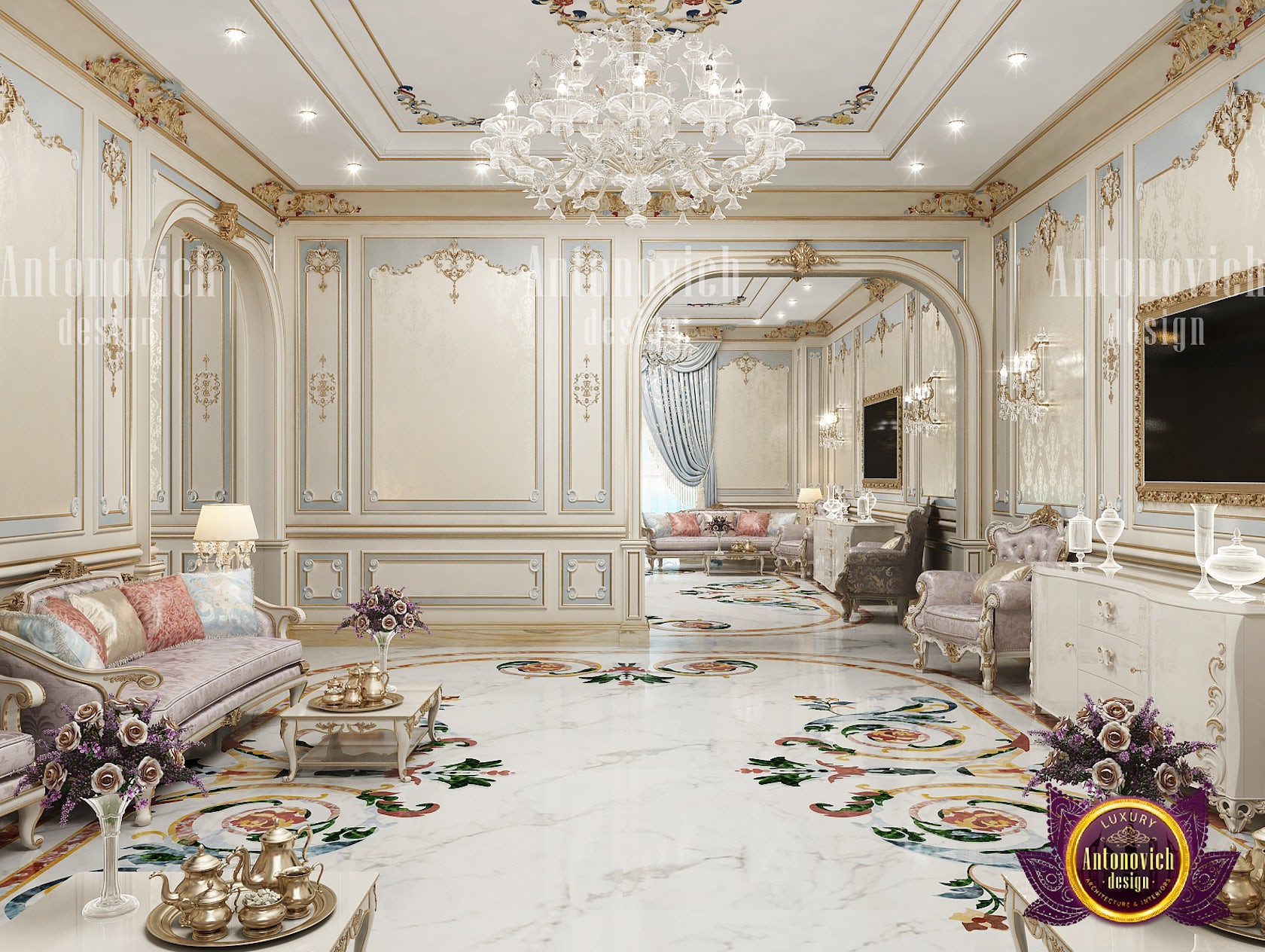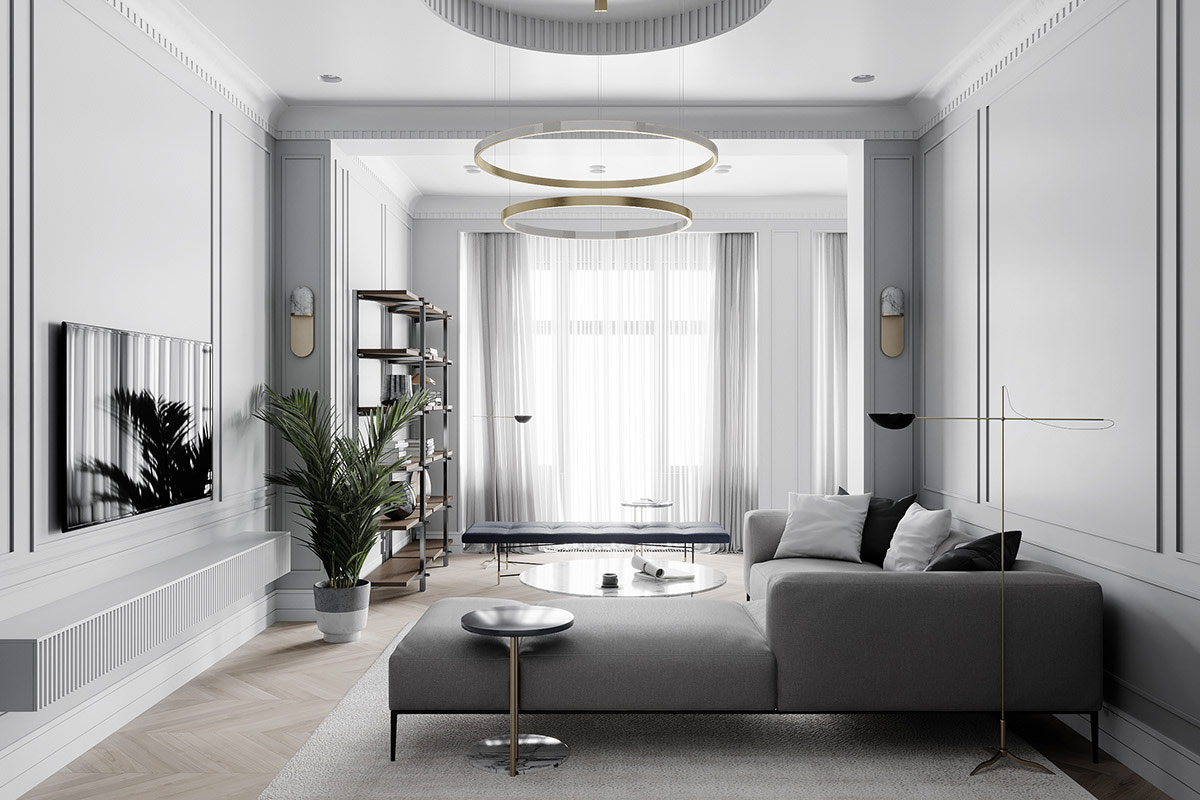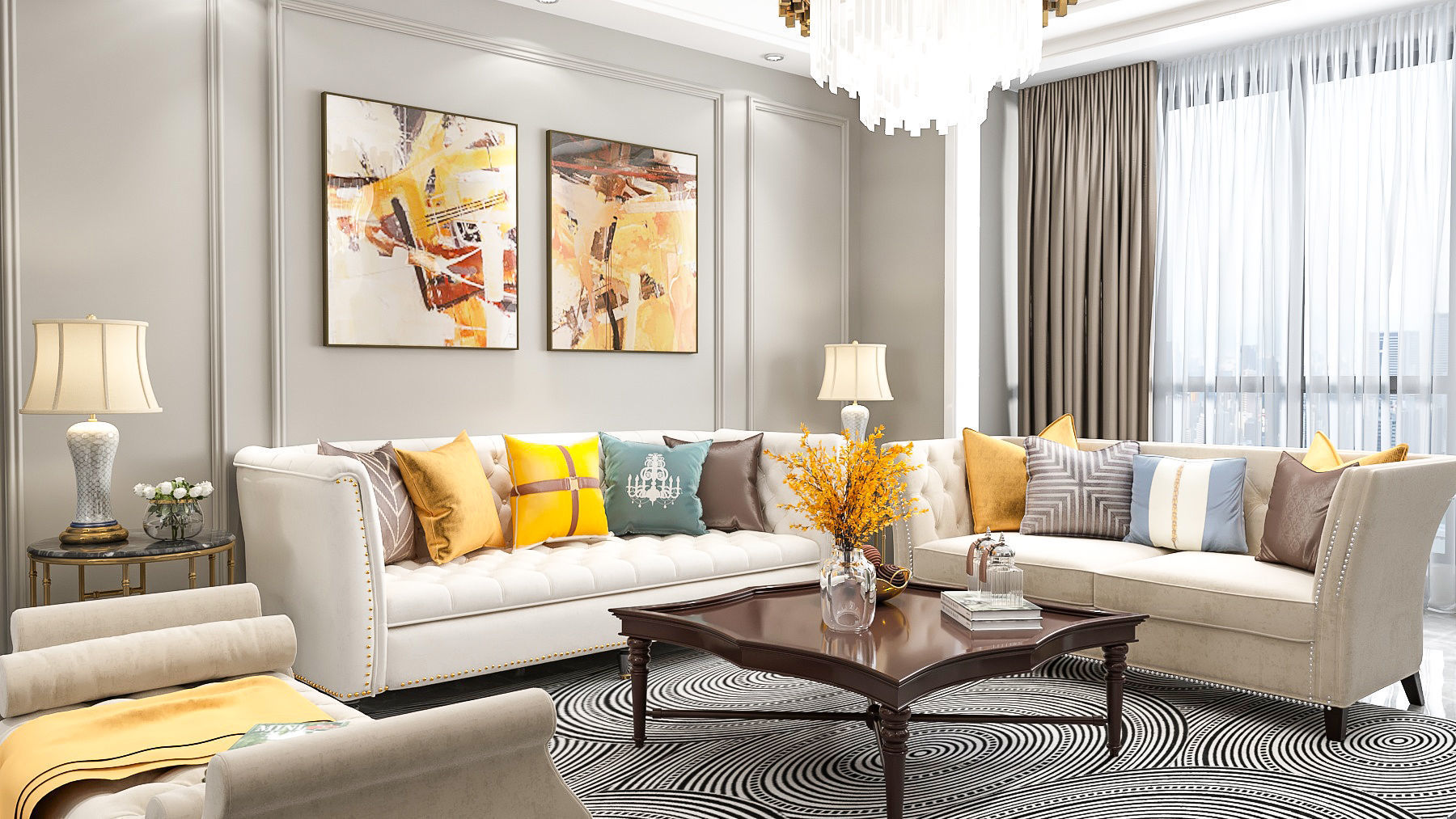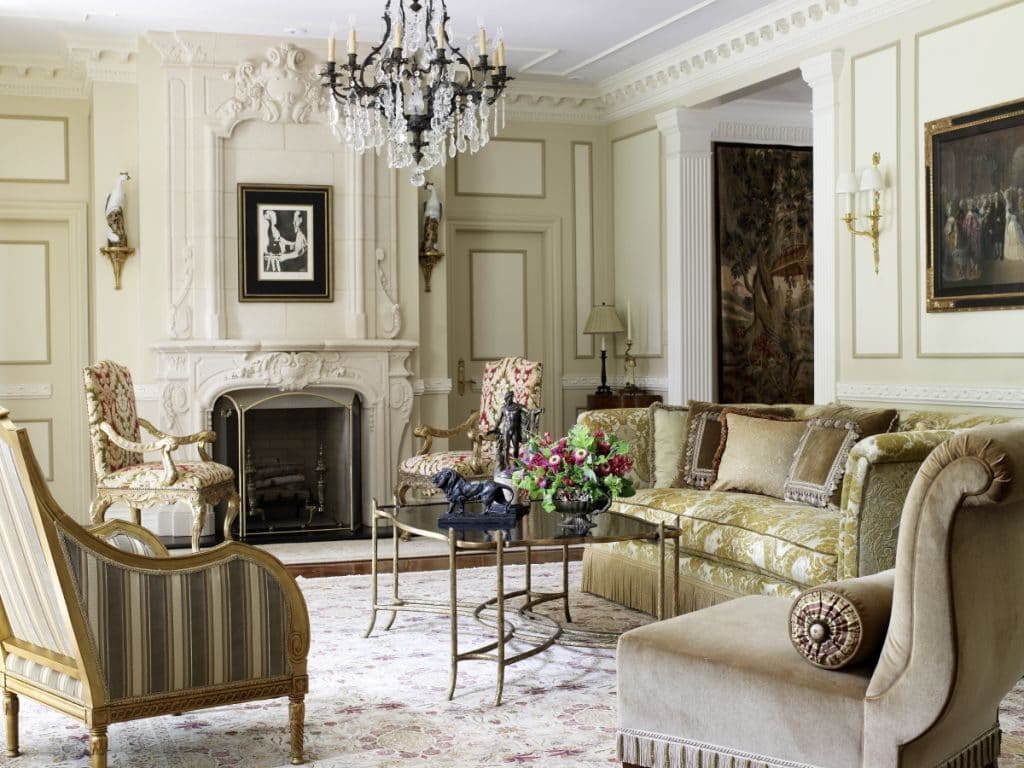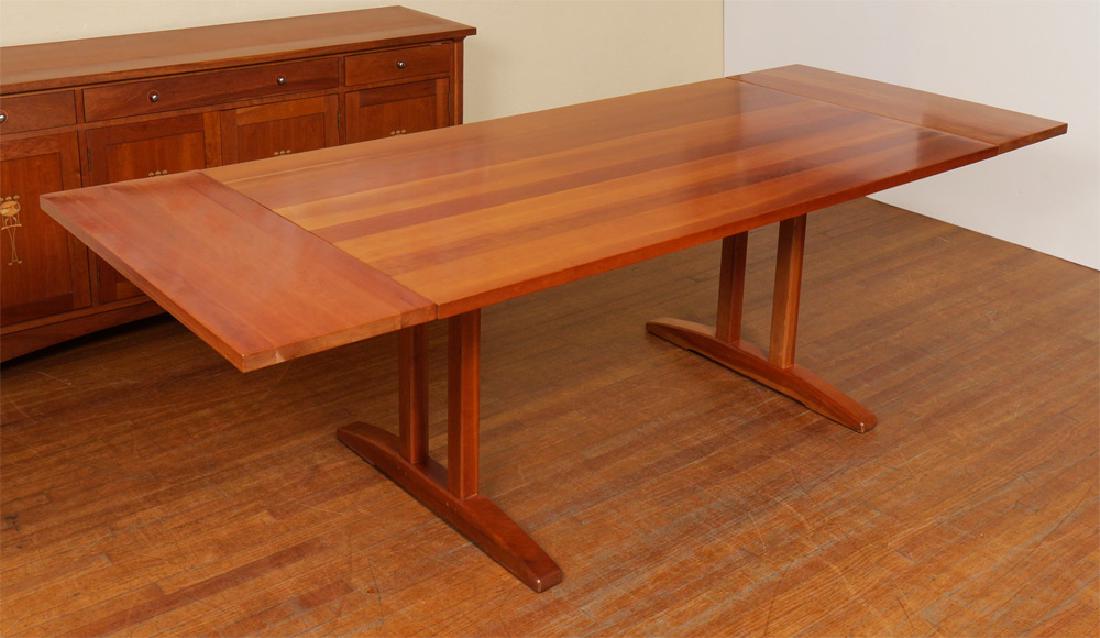The Victorian era was a time of opulence and extravagance, and this was reflected in the design of living rooms during this period. The main living room of a Victorian home was often the most grand and luxurious space in the house, reserved for formal gatherings and entertaining guests. Rich, bold colors such as deep reds, greens, and blues were commonly used in the décor, along with intricate patterns and textures.Victorian Era Living Room
The Edwardian era marked a shift towards a more light and airy living room design. The main living room of a typical Edwardian home was characterized by large windows, high ceilings, and a more neutral color palette with pastel shades and cream tones. Furniture was often elegant and refined, with a mix of traditional and modern styles.Edwardian Era Living Room
The Art Nouveau style emerged in the late 19th century and was characterized by its organic and flowing forms. In the living room, this was reflected in the use of curved lines, floral motifs, and natural materials such as wood and stained glass. The main living room of an Art Nouveau home would often feature a bold and colorful stained glass window as a focal point.Art Nouveau Living Room
The Arts and Crafts movement was a reaction against the industrialization and mass production of goods. In the living room, this meant a focus on handcrafted furniture and decor made from natural materials such as wood and metal. The main living room of an Arts and Crafts home would often have a simple yet elegant design, with a cozy and welcoming atmosphere.Arts and Crafts Living Room
The Colonial Revival style was inspired by the architecture and design of the American colonies in the 18th and 19th centuries. In the living room, this style was characterized by traditional and classic elements such as wood paneling, intricate moldings, and rich, warm colors. The main living room of a Colonial Revival home would often have a formal and elegant feel, perfect for hosting guests.Colonial Revival Living Room
The Art Deco style emerged in the 1920s and 1930s and was characterized by its luxurious and glamorous aesthetic. In the living room, this was reflected in the use of bold geometric patterns, metallic accents, and sleek, streamlined furniture. The main living room of an Art Deco home would often be a sophisticated and stylish space, perfect for hosting parties and social gatherings.Art Deco Living Room
The Mission style, also known as Craftsman style, emerged as a reaction to the excesses of the Victorian era. In the living room, this style was characterized by simple, functional furniture made from natural materials such as wood and stone. The main living room of a Mission style home would often have a warm and inviting atmosphere, with handcrafted details and a focus on natural beauty.Mission Style Living Room
The Gothic Revival style was inspired by medieval architecture and design. In the living room, this meant dramatic and ornate elements such as pointed arches, stained glass, and elaborate carvings. The main living room of a Gothic Revival home would often have a dark and moody atmosphere, with rich, jewel-toned colors and intricate details creating a sense of grandeur.Gothic Revival Living Room
The Rococo style emerged in the 18th century and was characterized by its ornate and extravagant design. In the living room, this meant elaborate moldings, gilded accents, and luxurious fabrics such as velvet and silk. The main living room of a Rococo home would often be a lavish and opulent space, with ornate details and rich textures creating a sense of grandeur.Rococo Living Room
The Neoclassical style emerged in the late 18th century and was heavily influenced by classical Greek and Roman design. In the living room, this meant clean lines, symmetrical layout, and a sense of balance and harmony. The main living room of a Neoclassical home would often have a formal and elegant design, with neutrals and muted colors creating a sense of sophistication.Neoclassical Living Room
The Evolution of Living Rooms: From 1900 to Modern Day
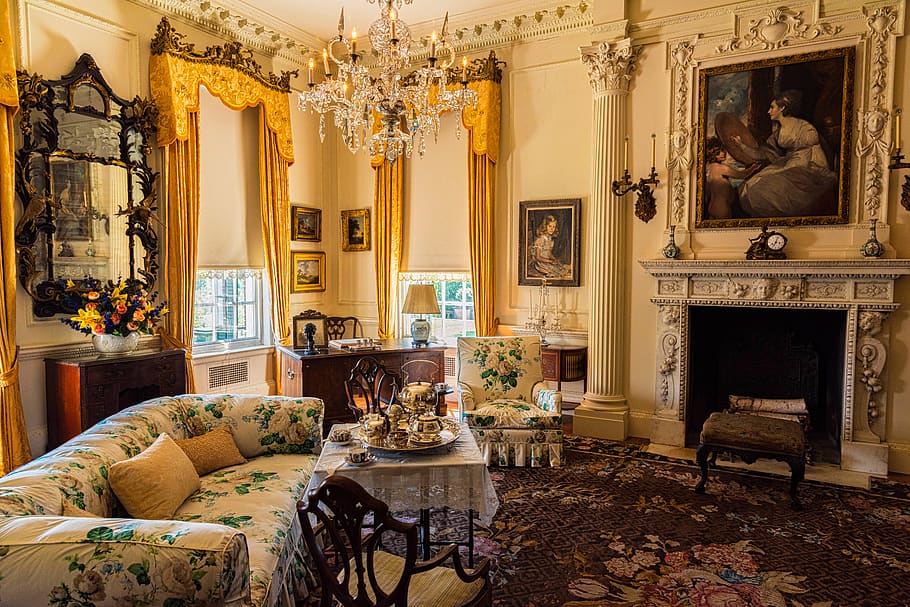
The Importance of Living Rooms in House Design
 The living room has long been considered the heart of a home, a place where families and friends gather to relax, socialize, and entertain. It is often one of the first rooms guests see upon entering a home, making it an important space for setting the overall tone and aesthetic of a house. Over the years, the design of living rooms has evolved to reflect changes in society, technology, and culture. Let's take a journey back in time to explore the living room of 1900 and how it has transformed into the modern-day living room we know and love today.
The living room has long been considered the heart of a home, a place where families and friends gather to relax, socialize, and entertain. It is often one of the first rooms guests see upon entering a home, making it an important space for setting the overall tone and aesthetic of a house. Over the years, the design of living rooms has evolved to reflect changes in society, technology, and culture. Let's take a journey back in time to explore the living room of 1900 and how it has transformed into the modern-day living room we know and love today.
The Living Room of 1900
 In the early 1900s, the living room was known as the "parlor" or "sitting room" and was primarily used for formal occasions rather than everyday use. It was often the most lavishly decorated room in the house, with ornate furniture, heavy draperies, and intricate wallpaper. The main focus of the room was the fireplace, which served both as a source of warmth and a symbol of status. Families would gather around the fireplace to read, play games, or engage in conversation.
However, the living room of 1900 was also a reflection of societal norms and values at the time. The furniture and decor were often arranged in a way that emphasized social hierarchy, with the head of the household's chair placed at the center of the room.
Women were expected to use the living room for more passive activities such as needlework, while men would retreat to the smoking room or library for more masculine pursuits.
In the early 1900s, the living room was known as the "parlor" or "sitting room" and was primarily used for formal occasions rather than everyday use. It was often the most lavishly decorated room in the house, with ornate furniture, heavy draperies, and intricate wallpaper. The main focus of the room was the fireplace, which served both as a source of warmth and a symbol of status. Families would gather around the fireplace to read, play games, or engage in conversation.
However, the living room of 1900 was also a reflection of societal norms and values at the time. The furniture and decor were often arranged in a way that emphasized social hierarchy, with the head of the household's chair placed at the center of the room.
Women were expected to use the living room for more passive activities such as needlework, while men would retreat to the smoking room or library for more masculine pursuits.
The Modern-Day Living Room
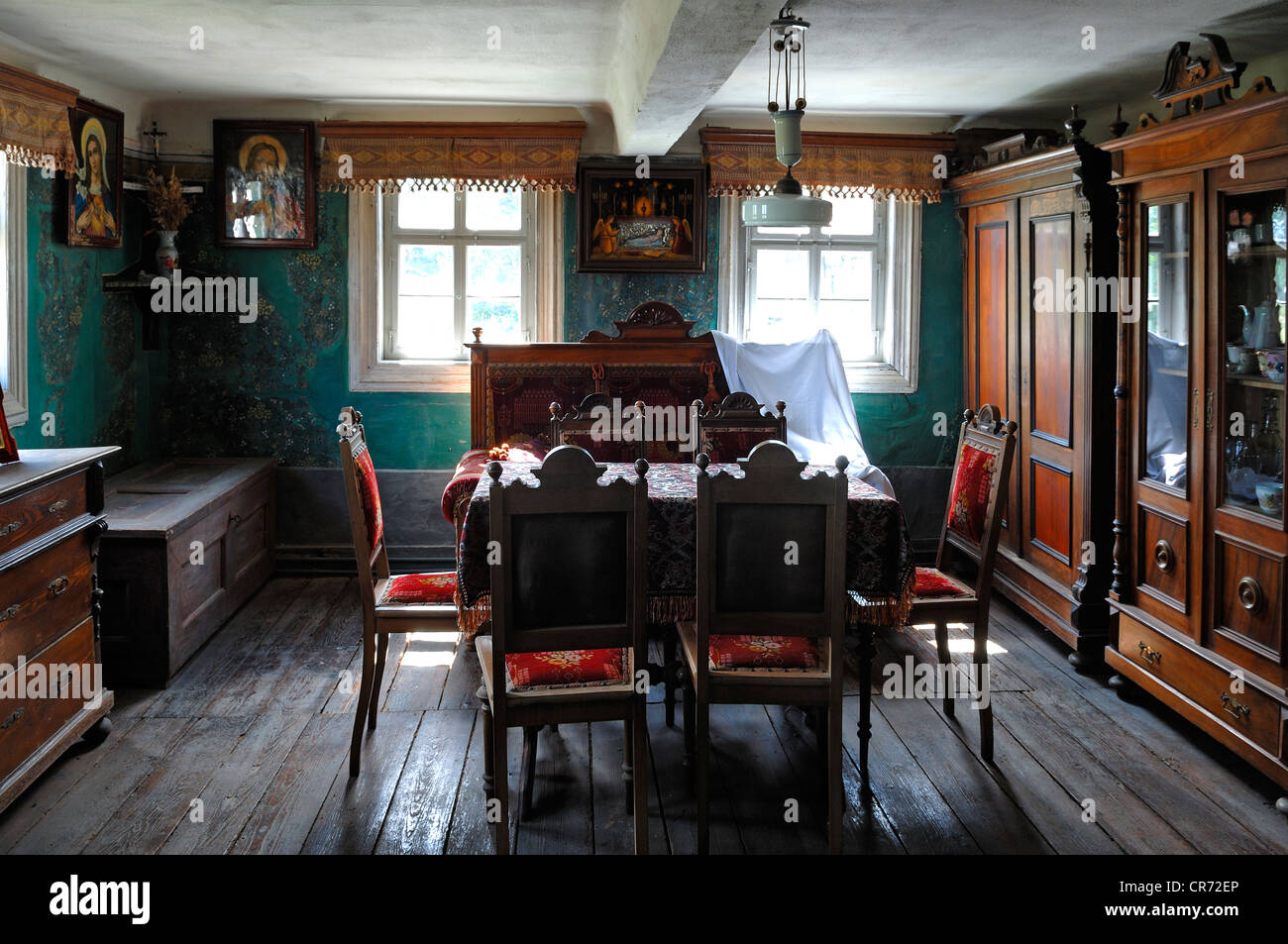 Today, the living room has evolved into a more versatile and functional space. With the rise of open floor plans, the living room has become a hub for activities such as watching TV, playing video games, and even working from home. The focus has shifted from the fireplace to the TV, which has become a central piece of furniture in most living rooms.
The design of modern-day living rooms also reflects a more casual and relaxed lifestyle. Heavy draperies and overstuffed furniture have been replaced with lighter, more streamlined pieces. The use of technology has also influenced the design, with the inclusion of outlets and charging stations for phones and laptops.
The living room has also become a space for personal expression, with homeowners incorporating their own unique style and interests into the decor.
Today, the living room has evolved into a more versatile and functional space. With the rise of open floor plans, the living room has become a hub for activities such as watching TV, playing video games, and even working from home. The focus has shifted from the fireplace to the TV, which has become a central piece of furniture in most living rooms.
The design of modern-day living rooms also reflects a more casual and relaxed lifestyle. Heavy draperies and overstuffed furniture have been replaced with lighter, more streamlined pieces. The use of technology has also influenced the design, with the inclusion of outlets and charging stations for phones and laptops.
The living room has also become a space for personal expression, with homeowners incorporating their own unique style and interests into the decor.
In Conclusion
 The living room has come a long way from its formal and rigid roots in 1900. It has adapted and evolved to meet the changing needs and lifestyles of modern families. As we continue to embrace new technologies and ways of living, it will be interesting to see how the design of living rooms will continue to evolve in the future.
The living room has come a long way from its formal and rigid roots in 1900. It has adapted and evolved to meet the changing needs and lifestyles of modern families. As we continue to embrace new technologies and ways of living, it will be interesting to see how the design of living rooms will continue to evolve in the future.
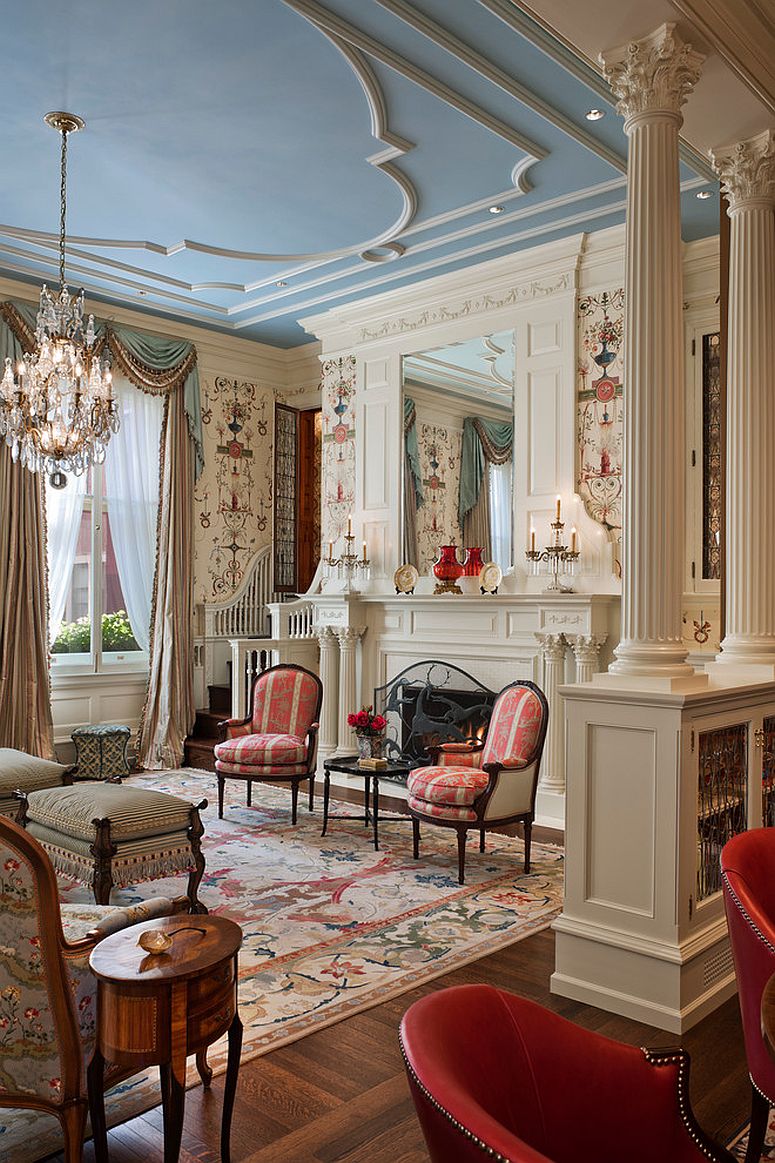


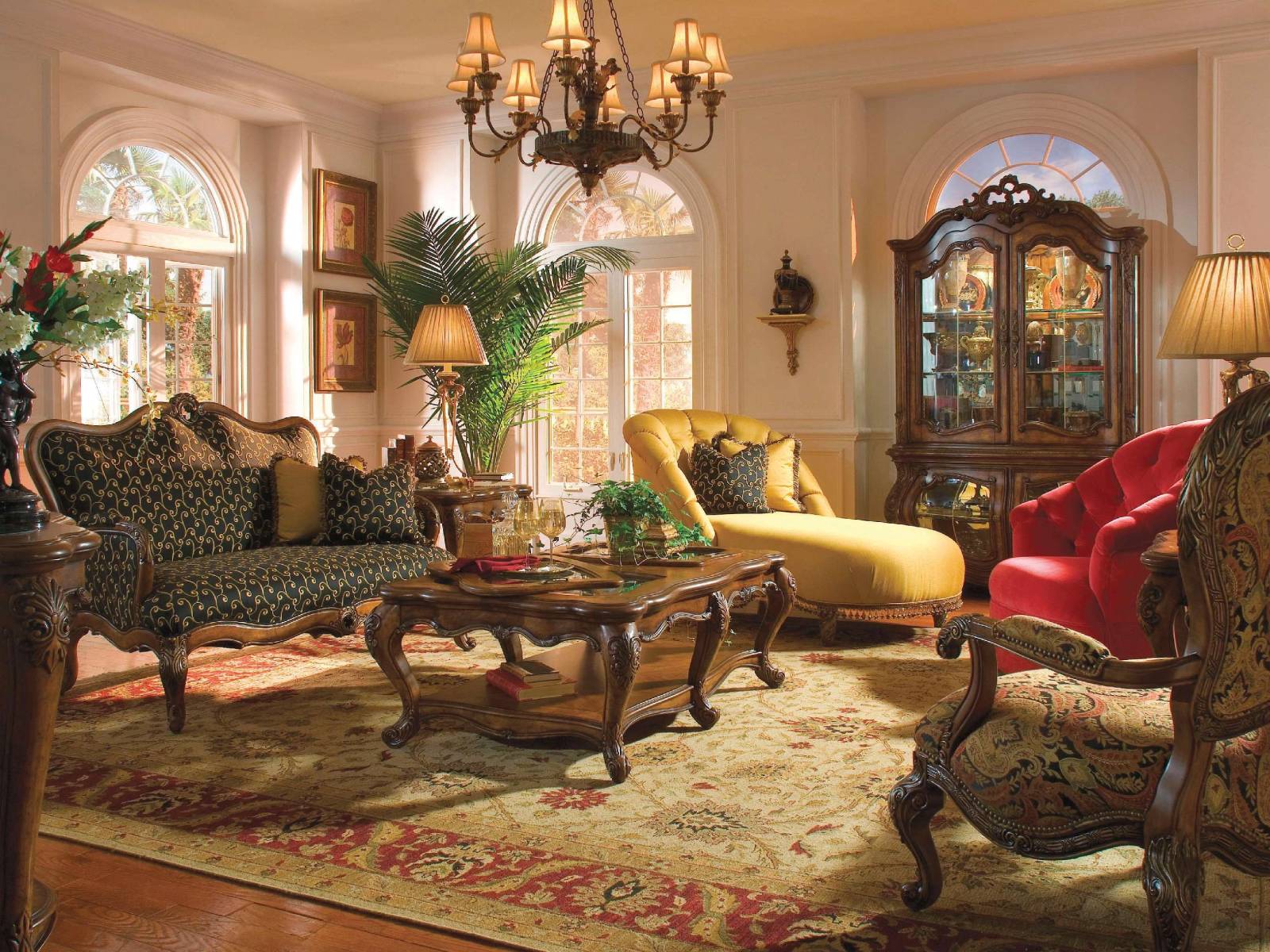

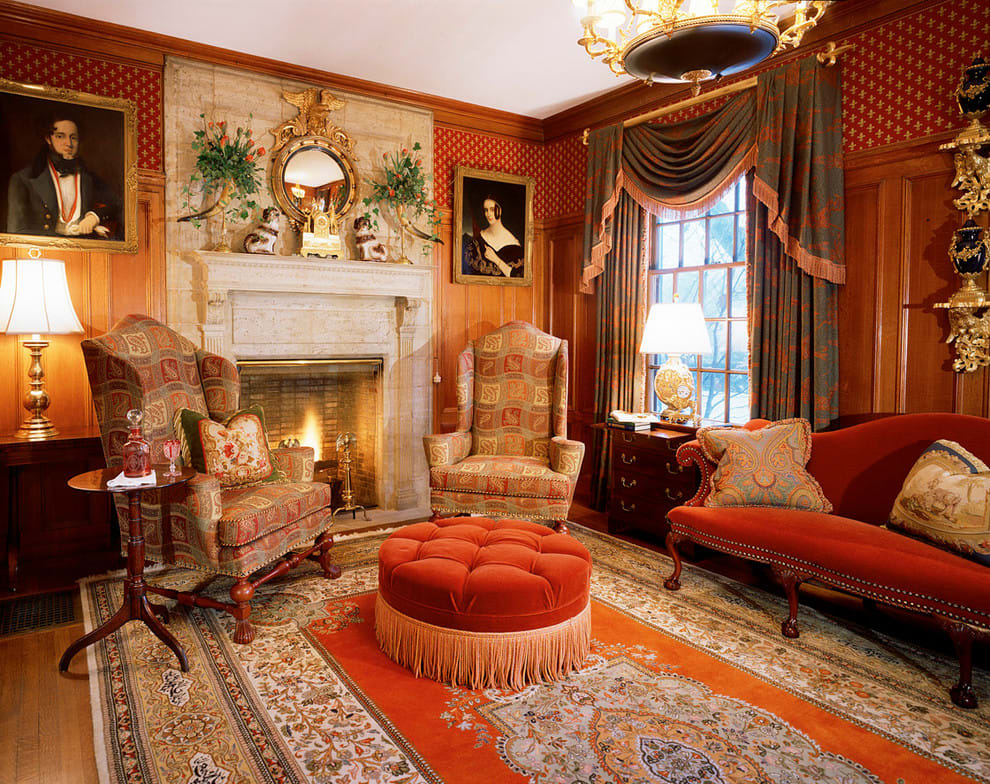


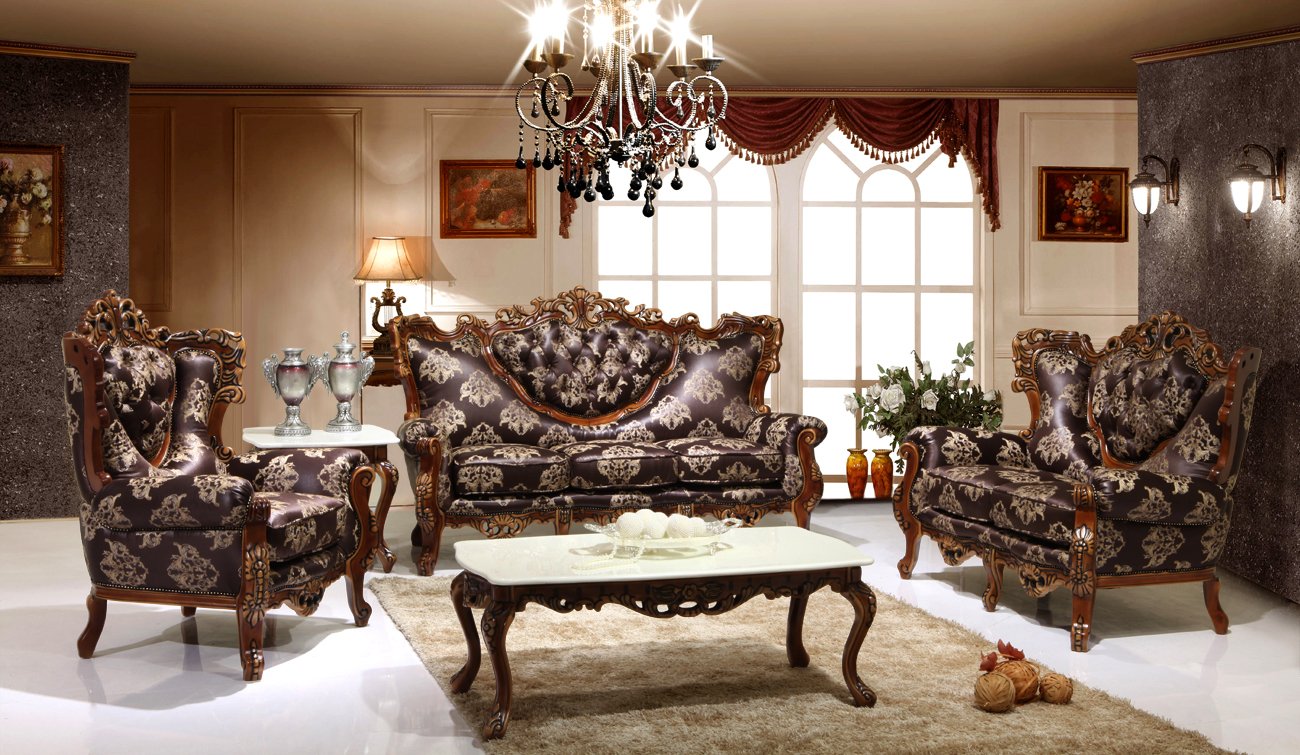
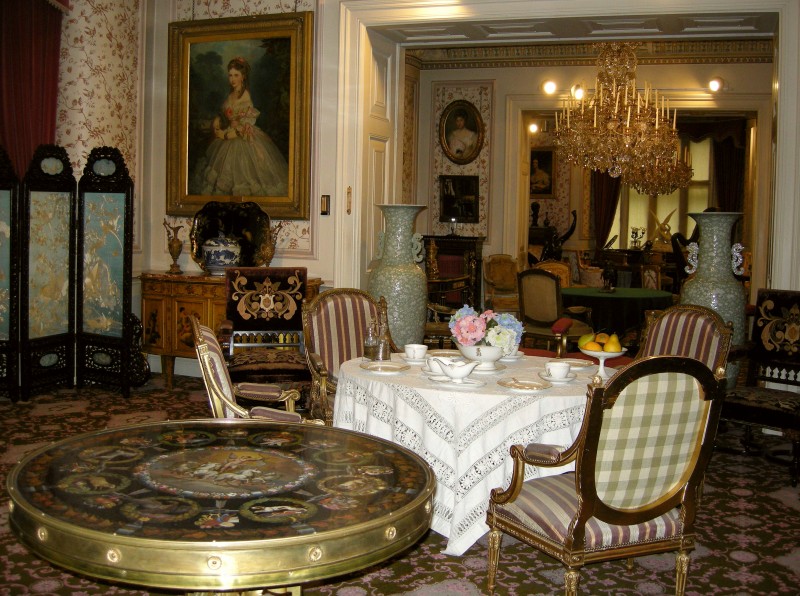
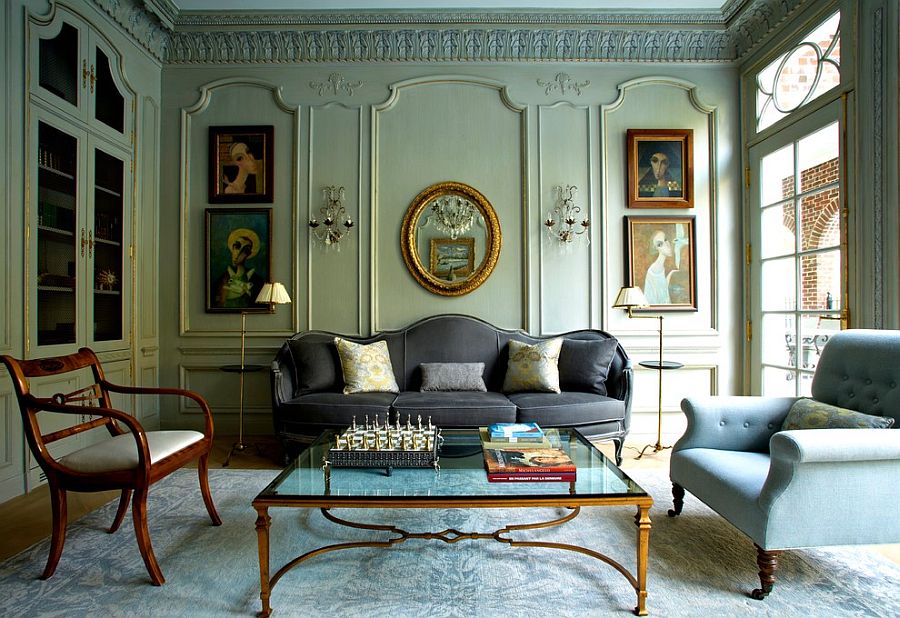




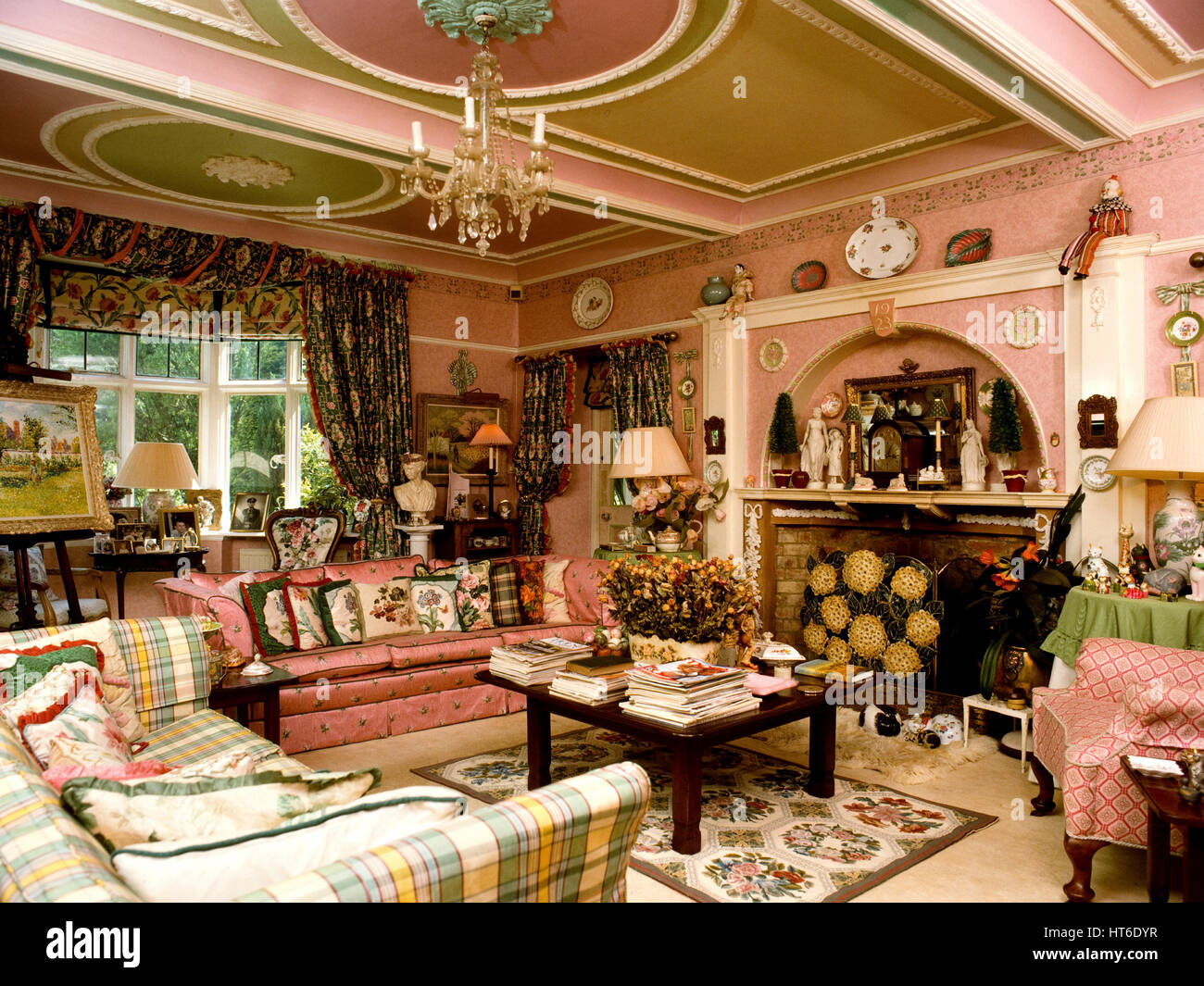

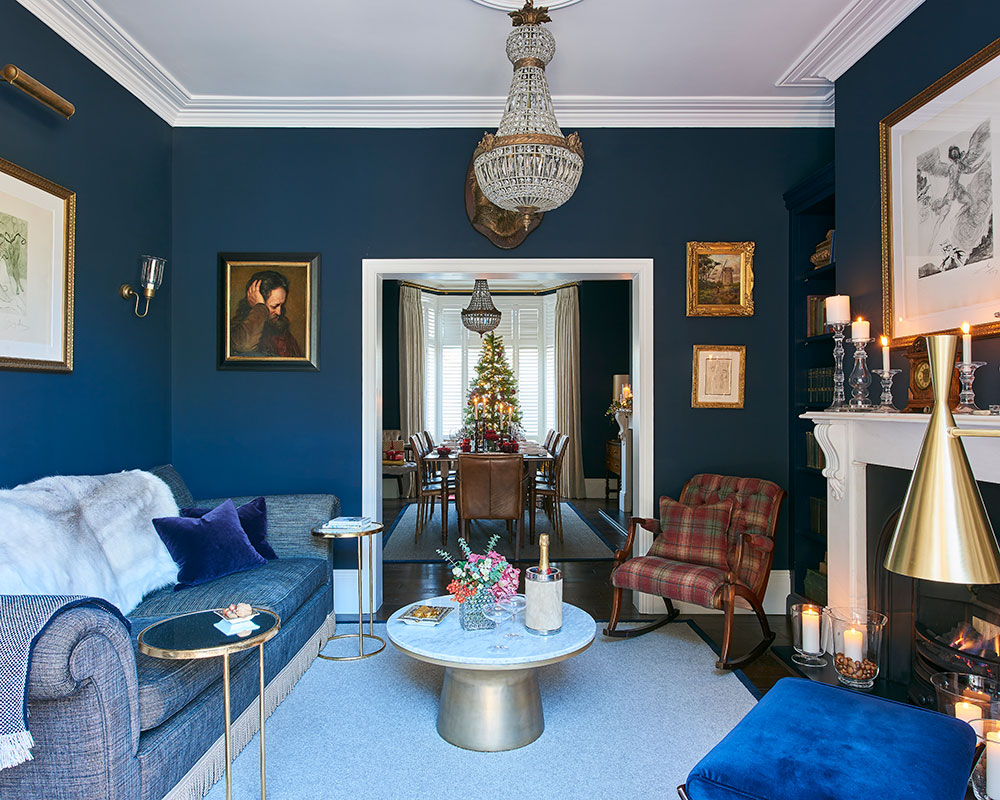

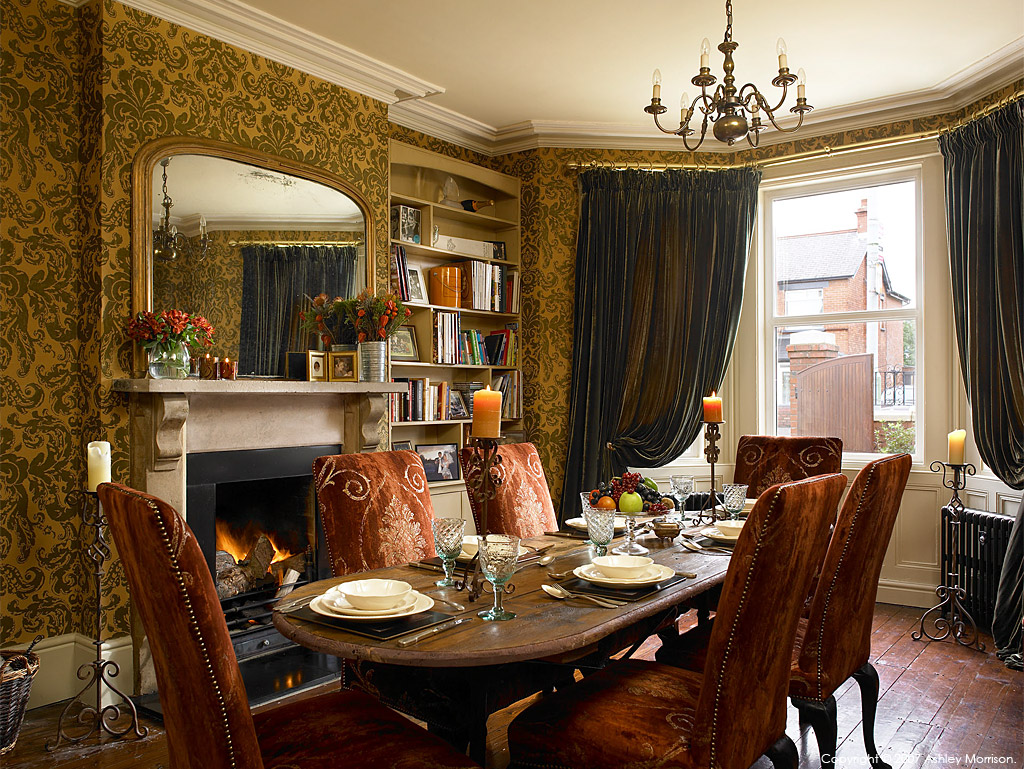
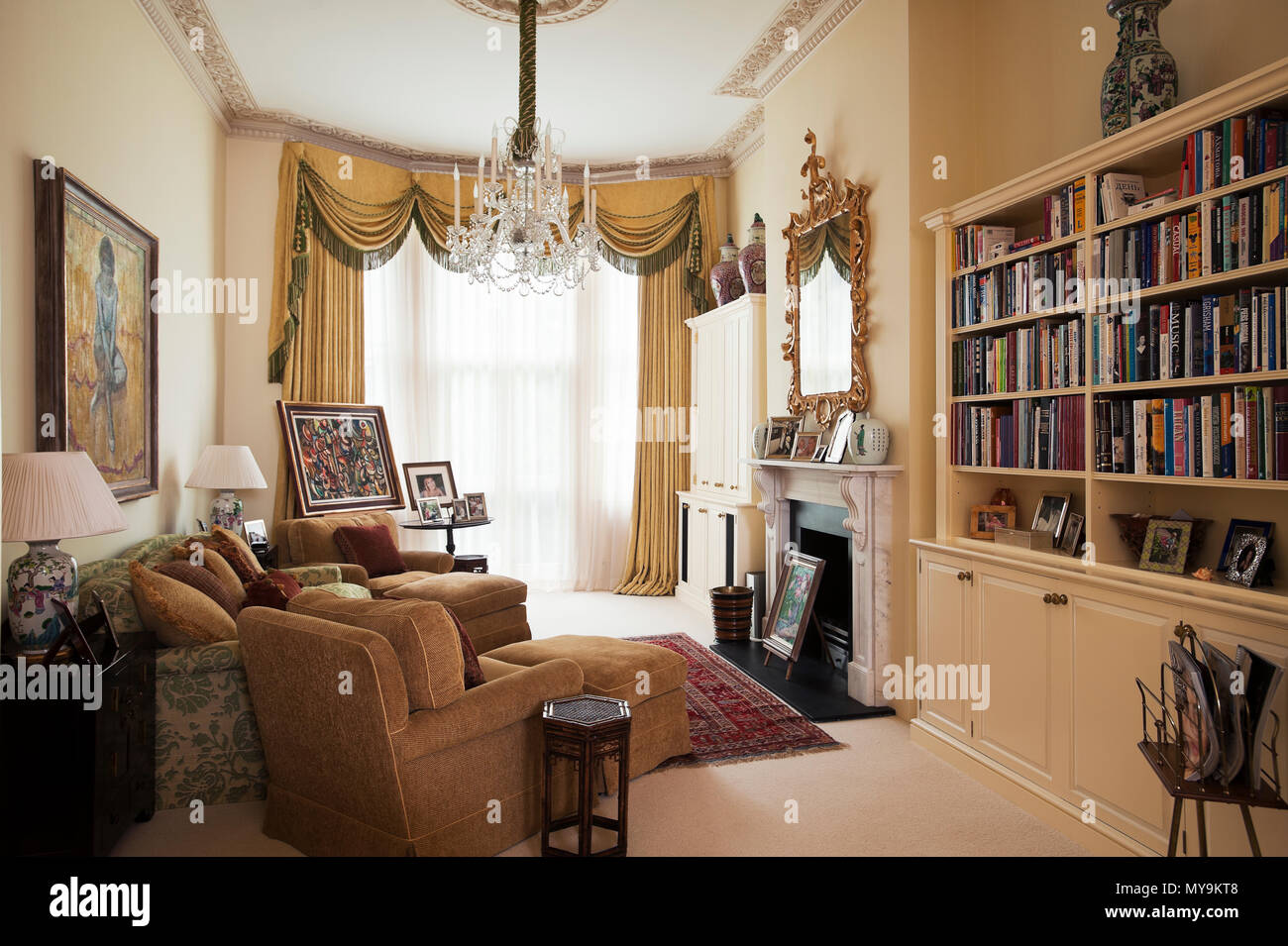



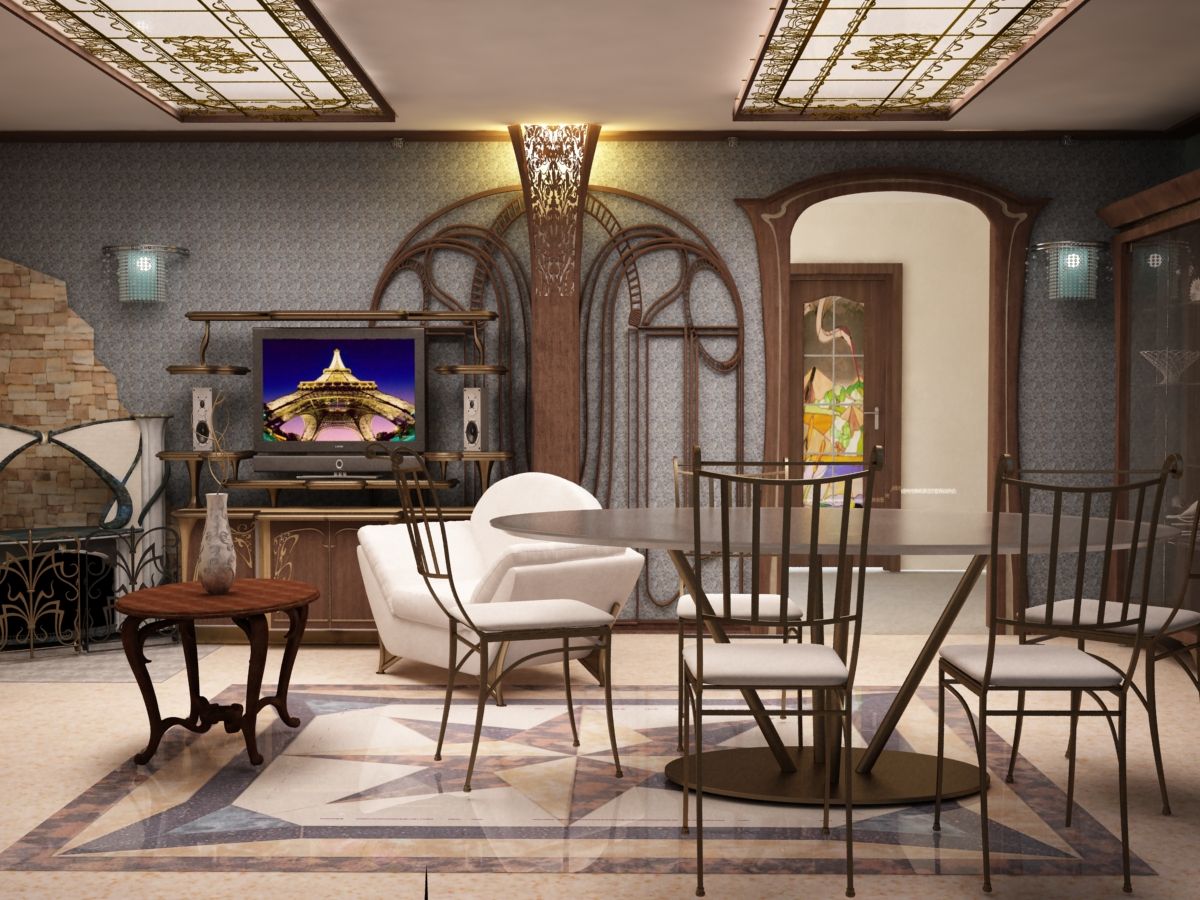


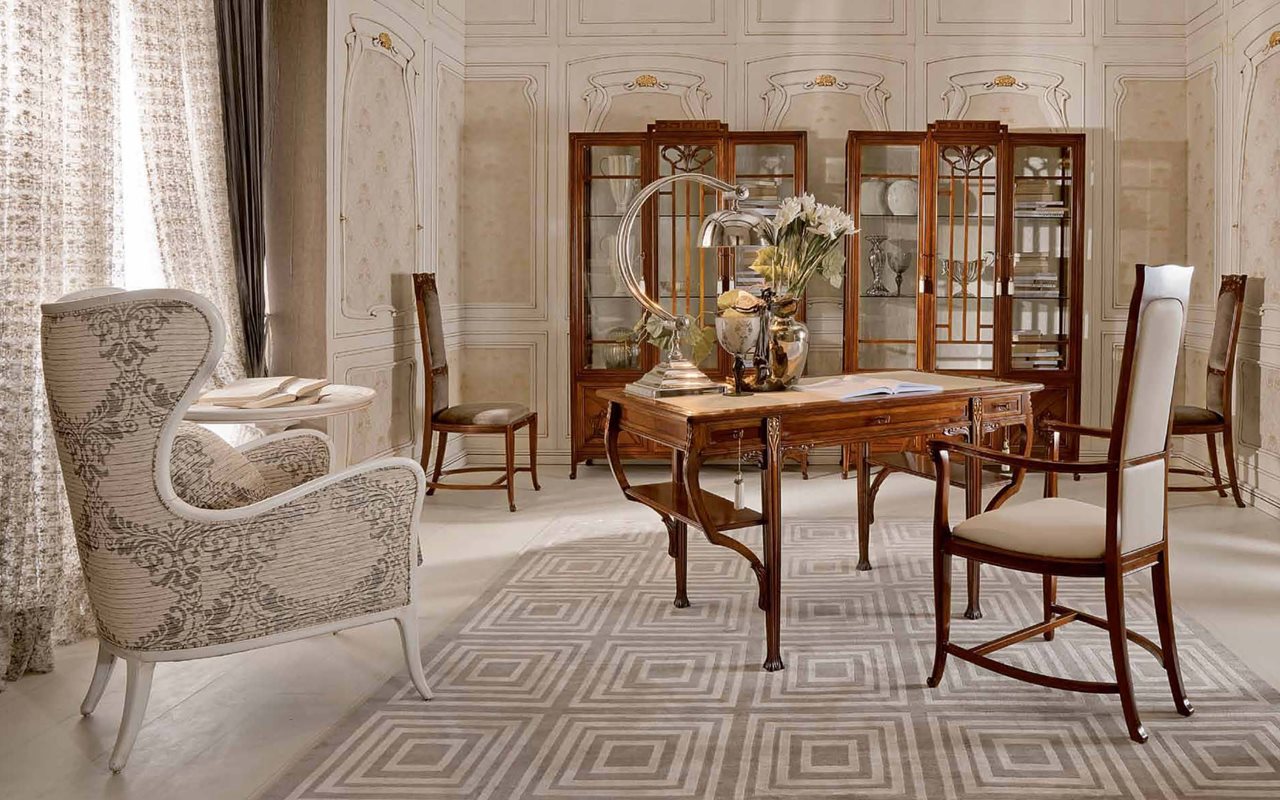




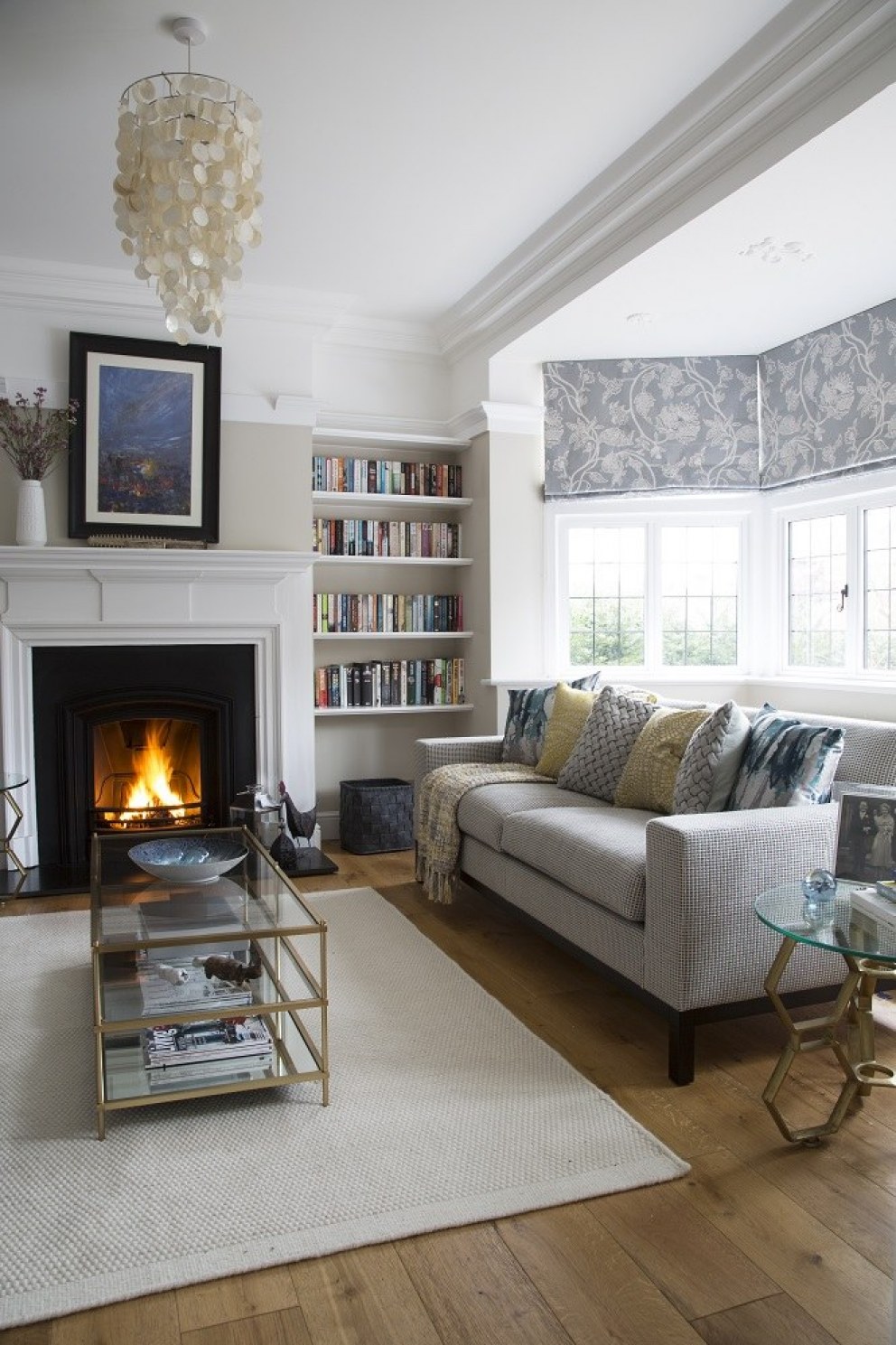



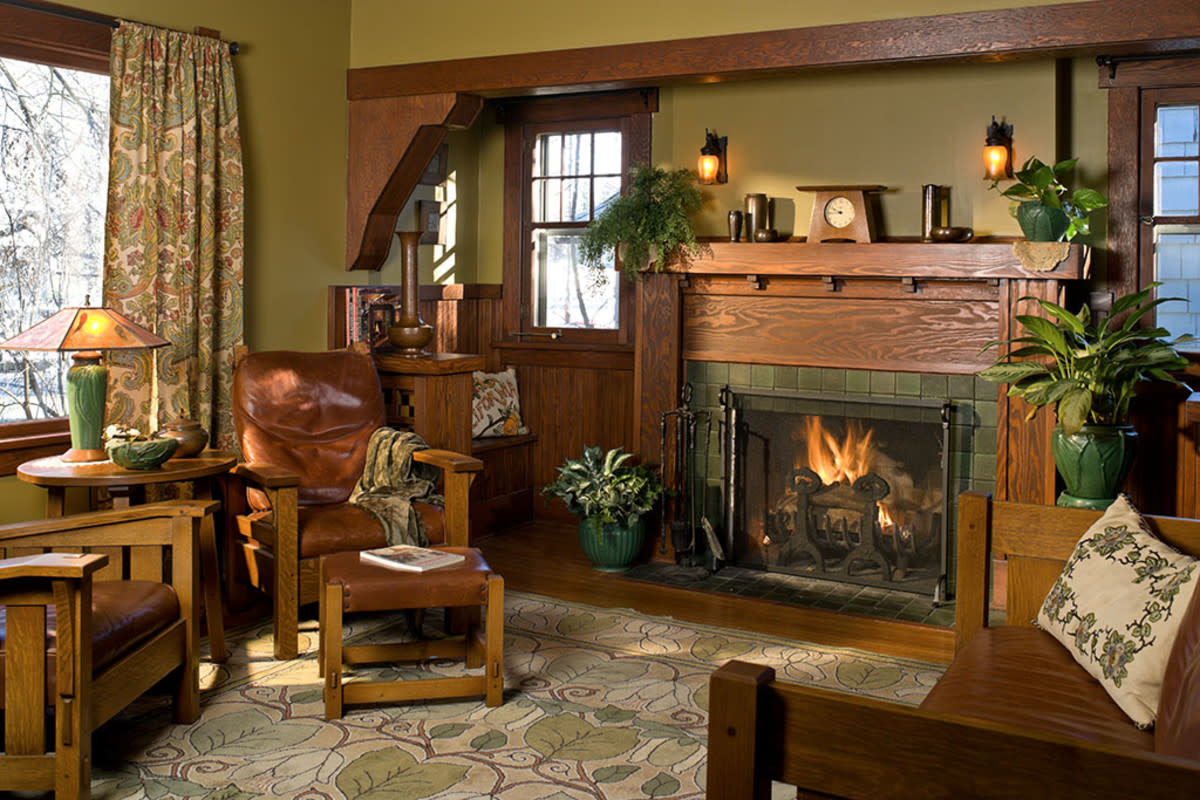

















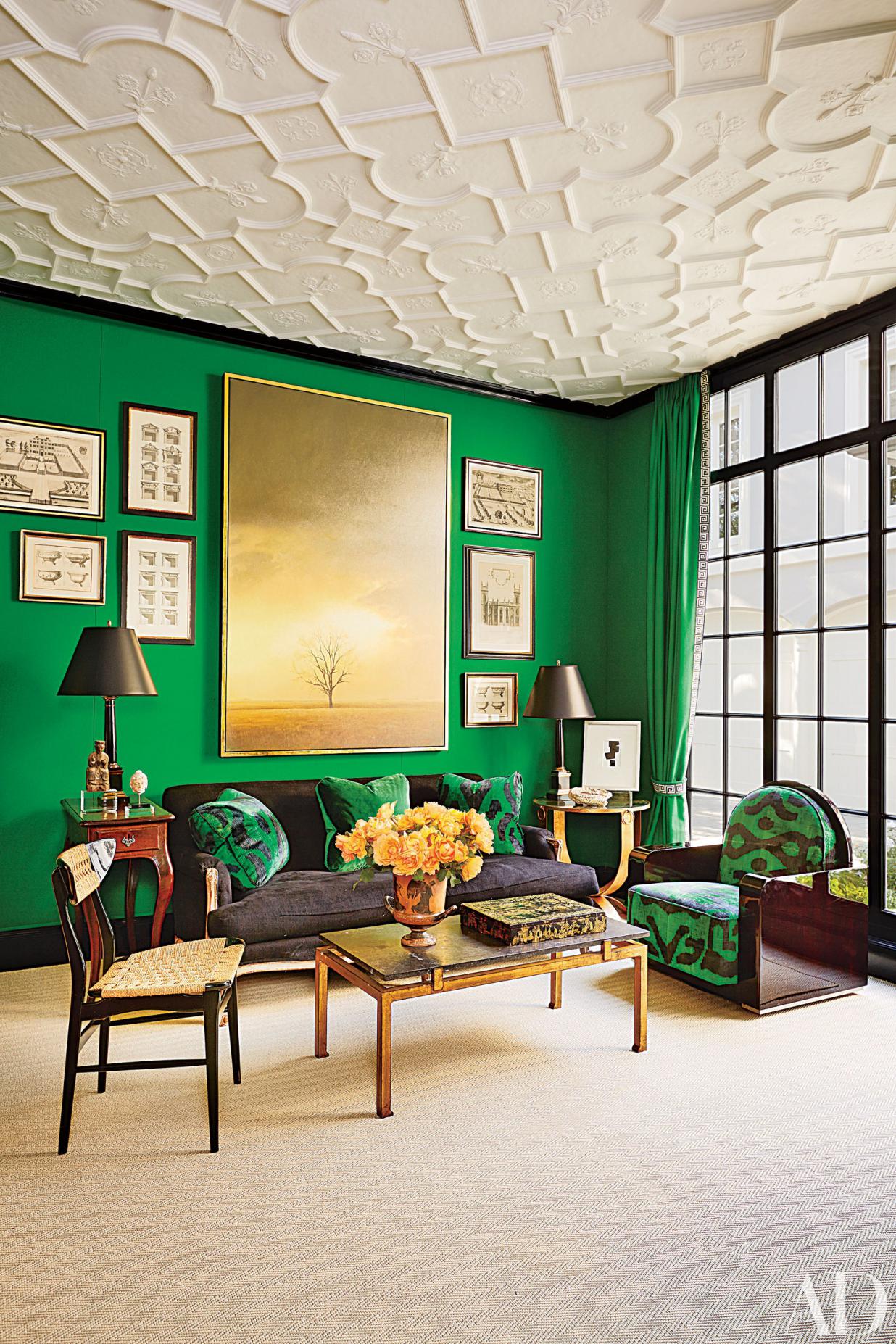


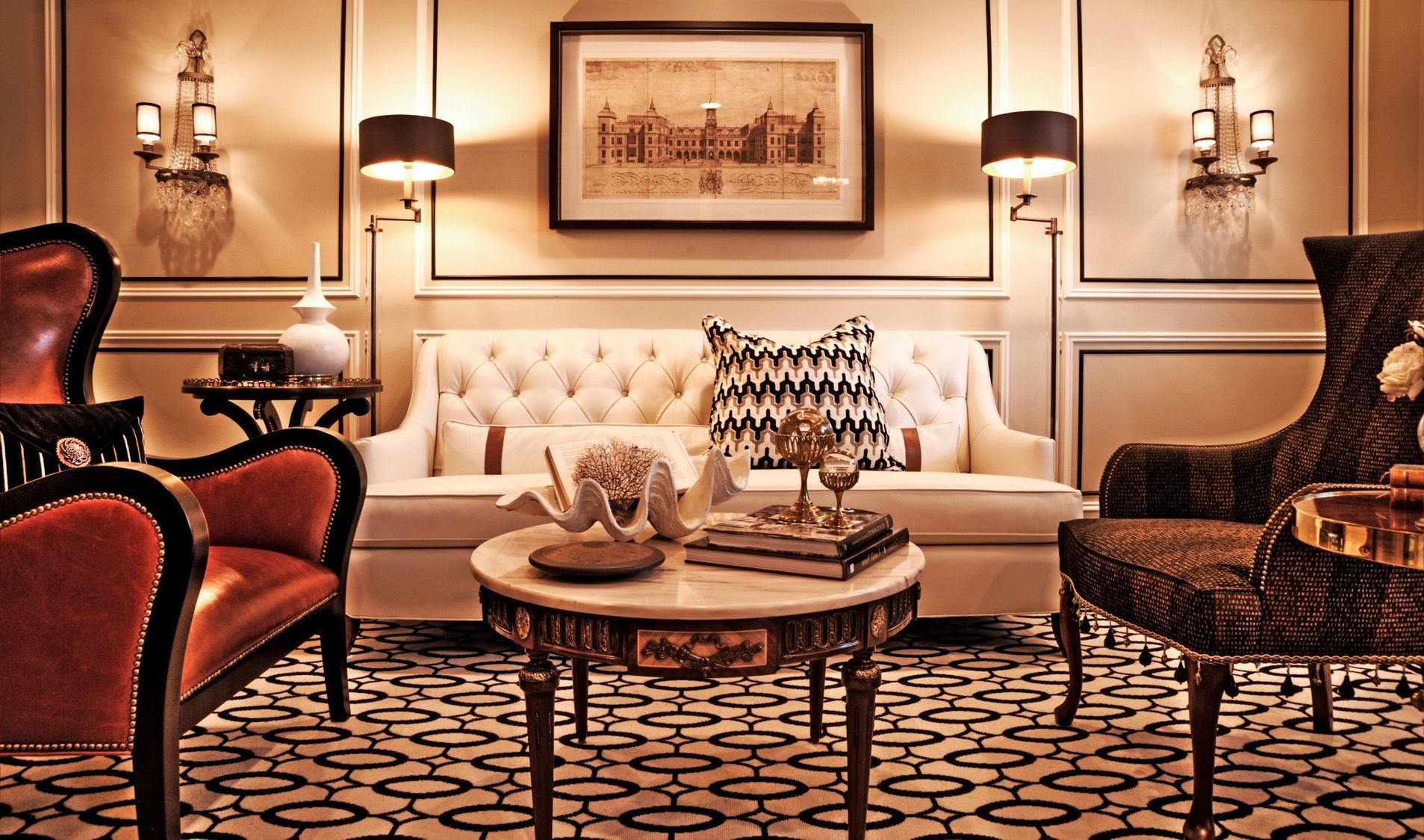
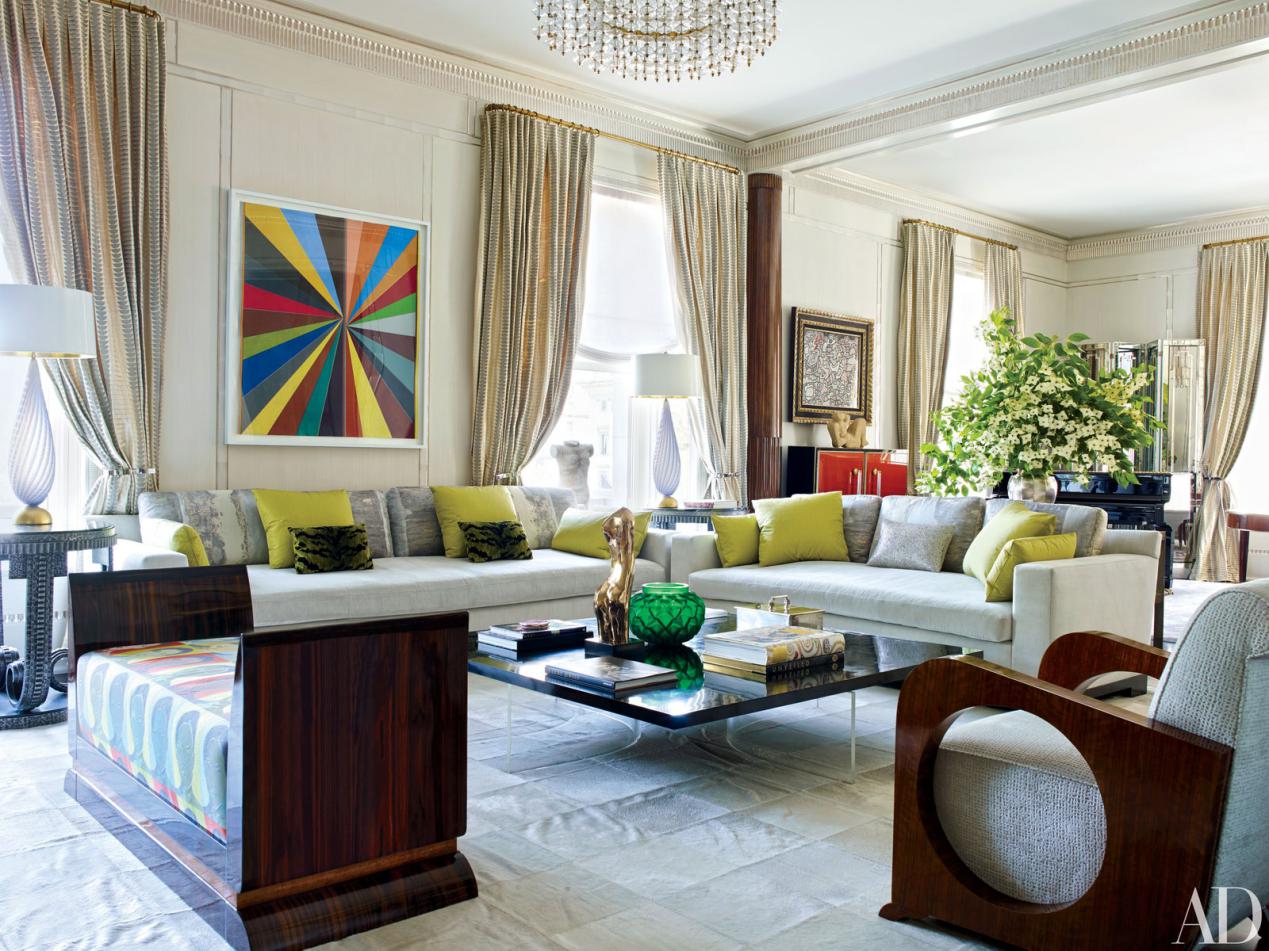
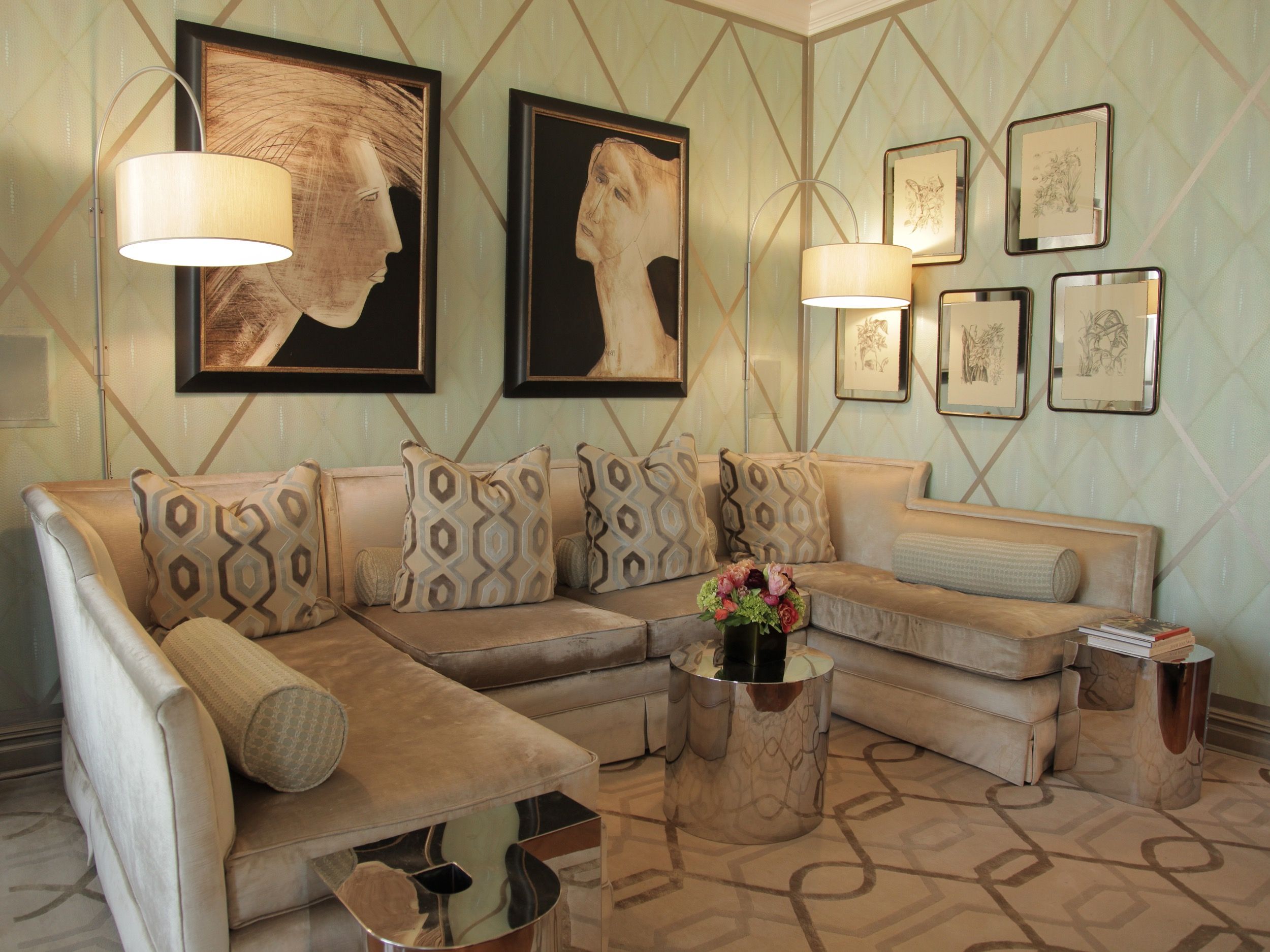

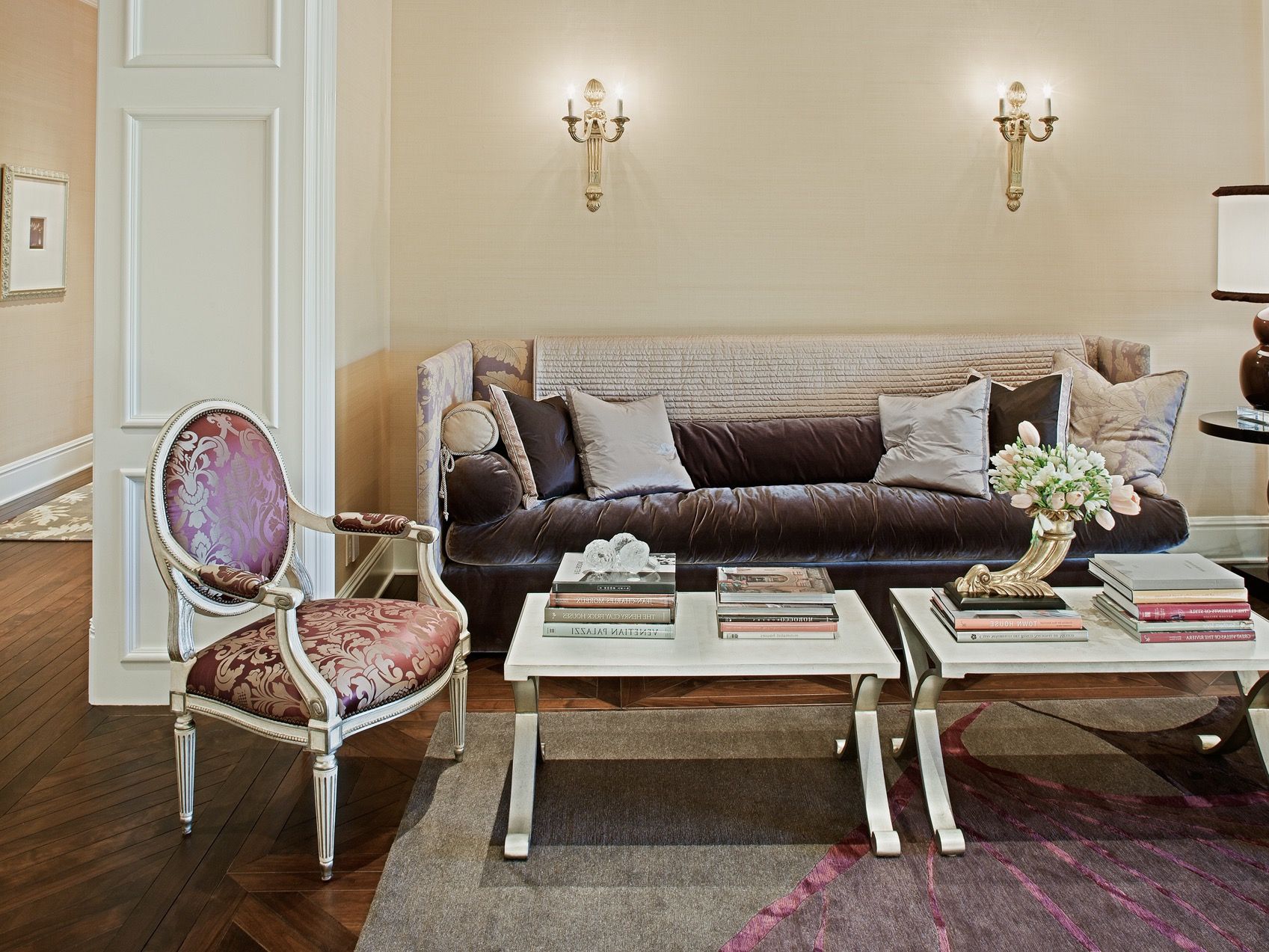
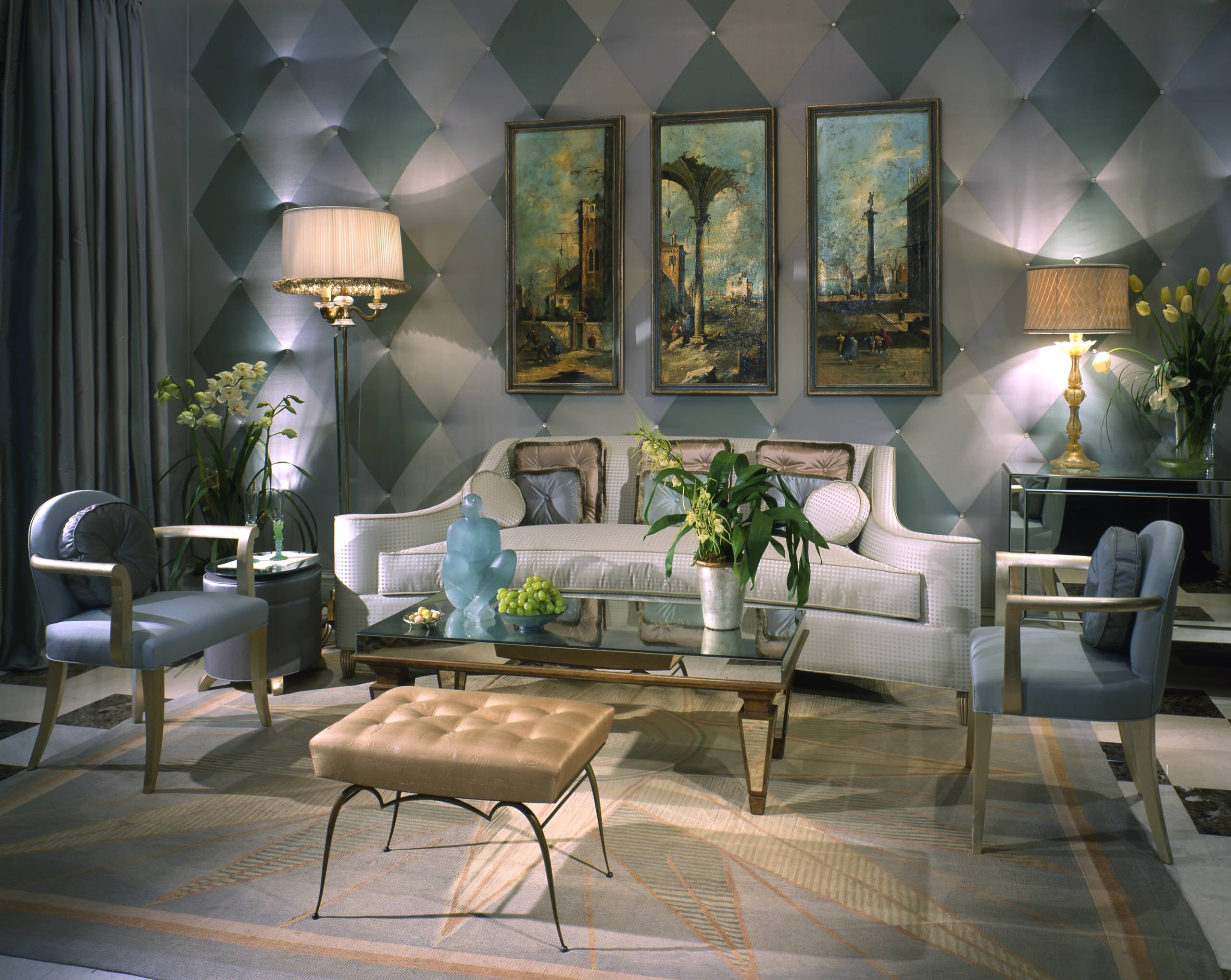

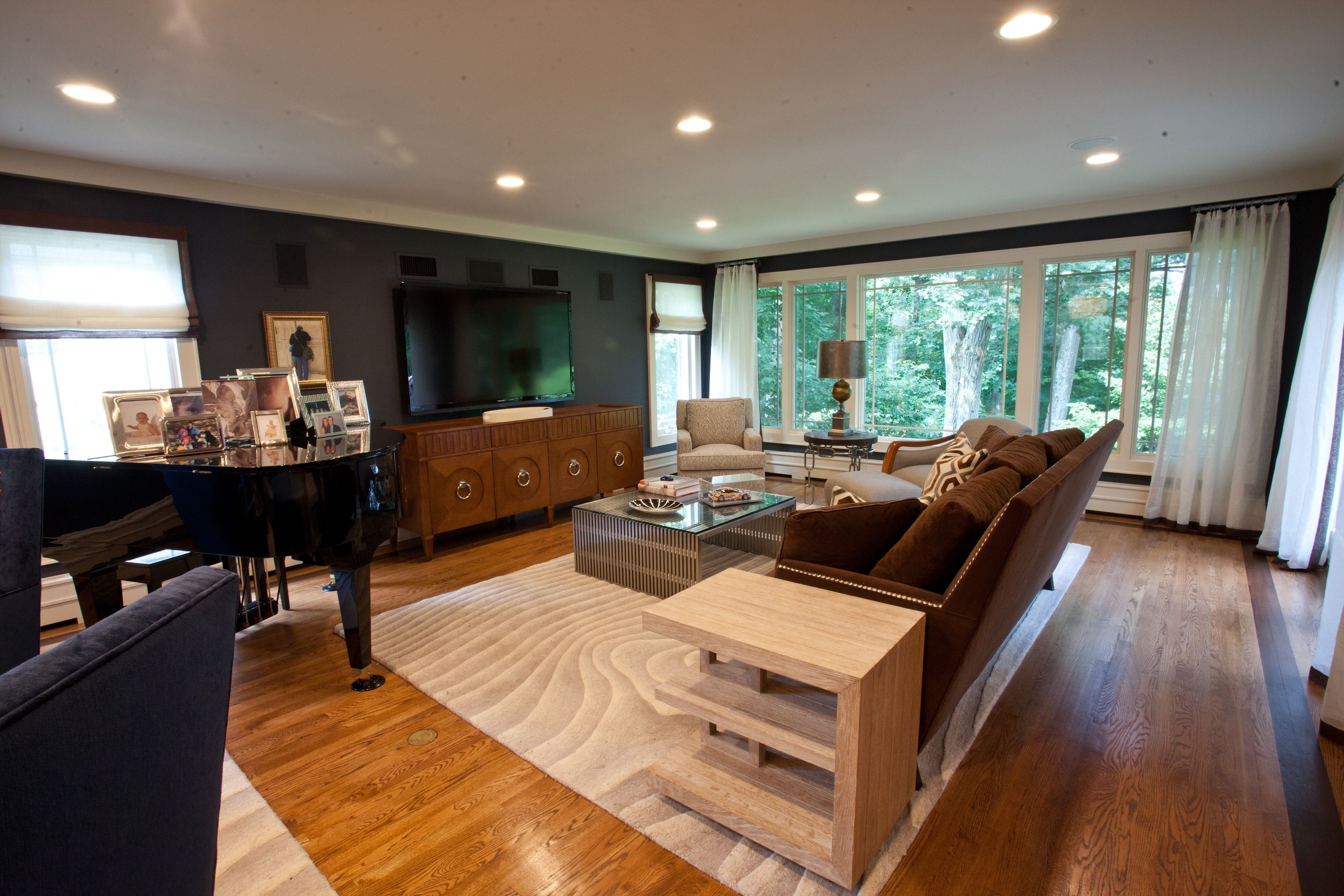








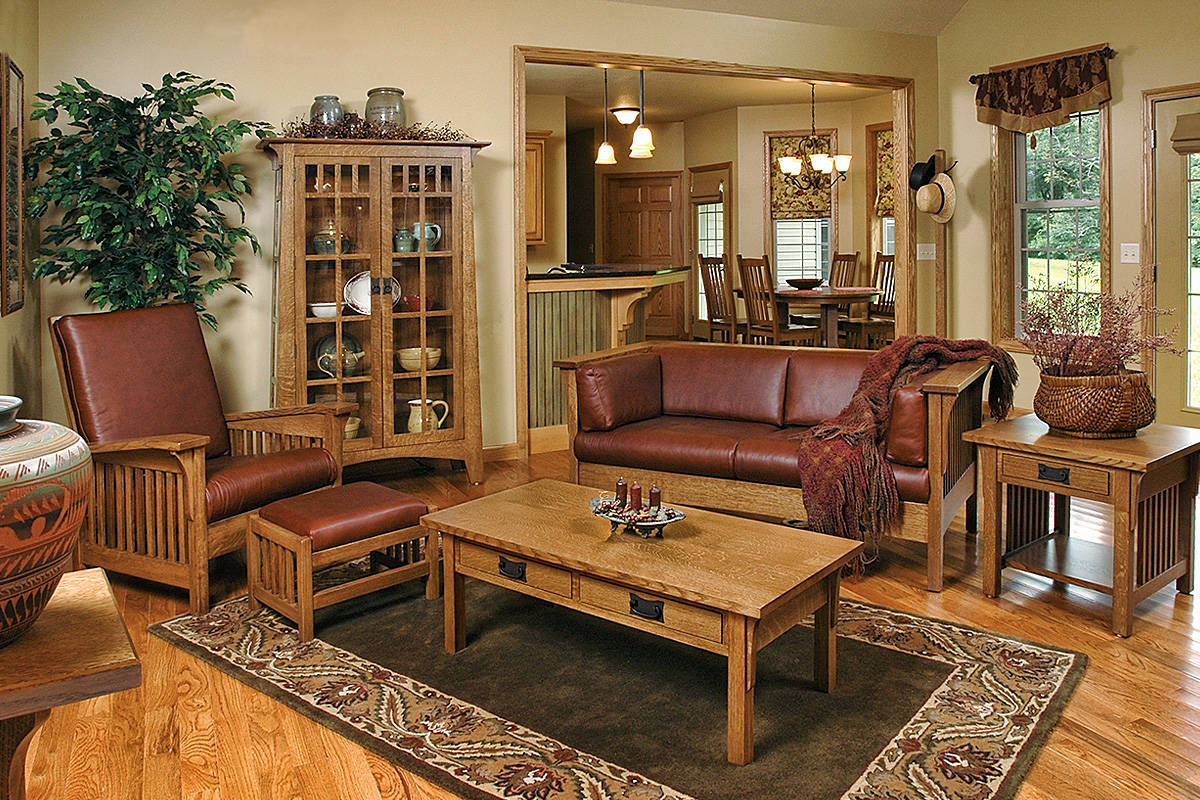
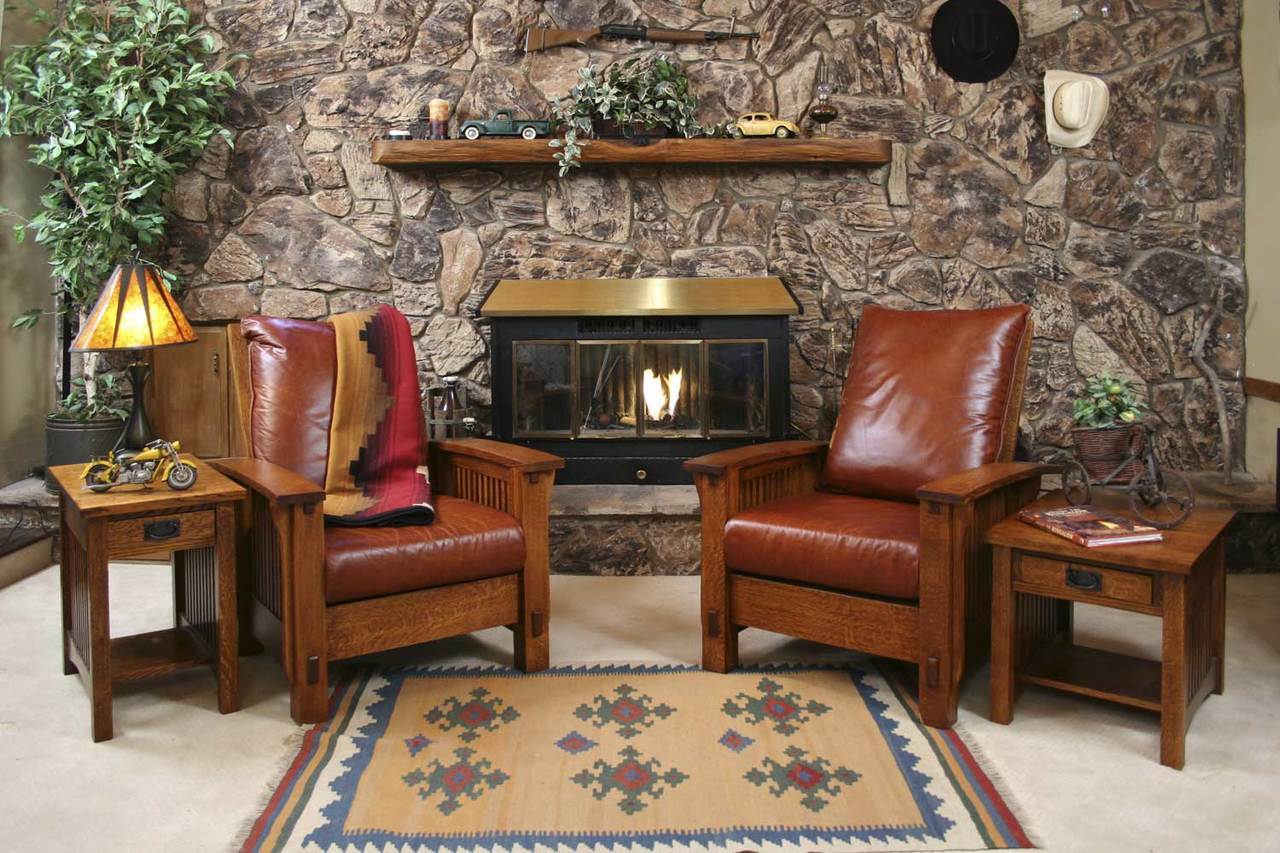










.jpg)





